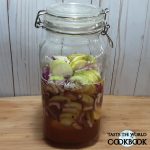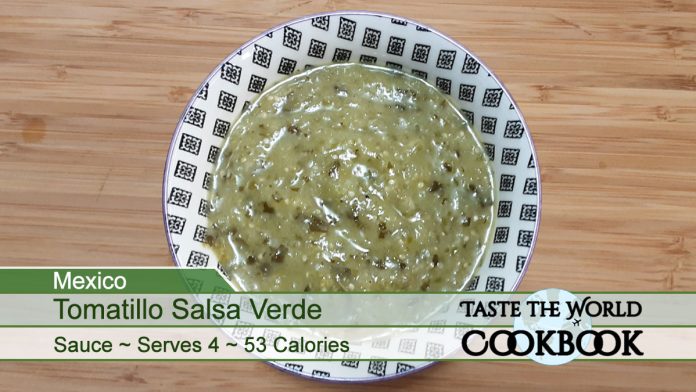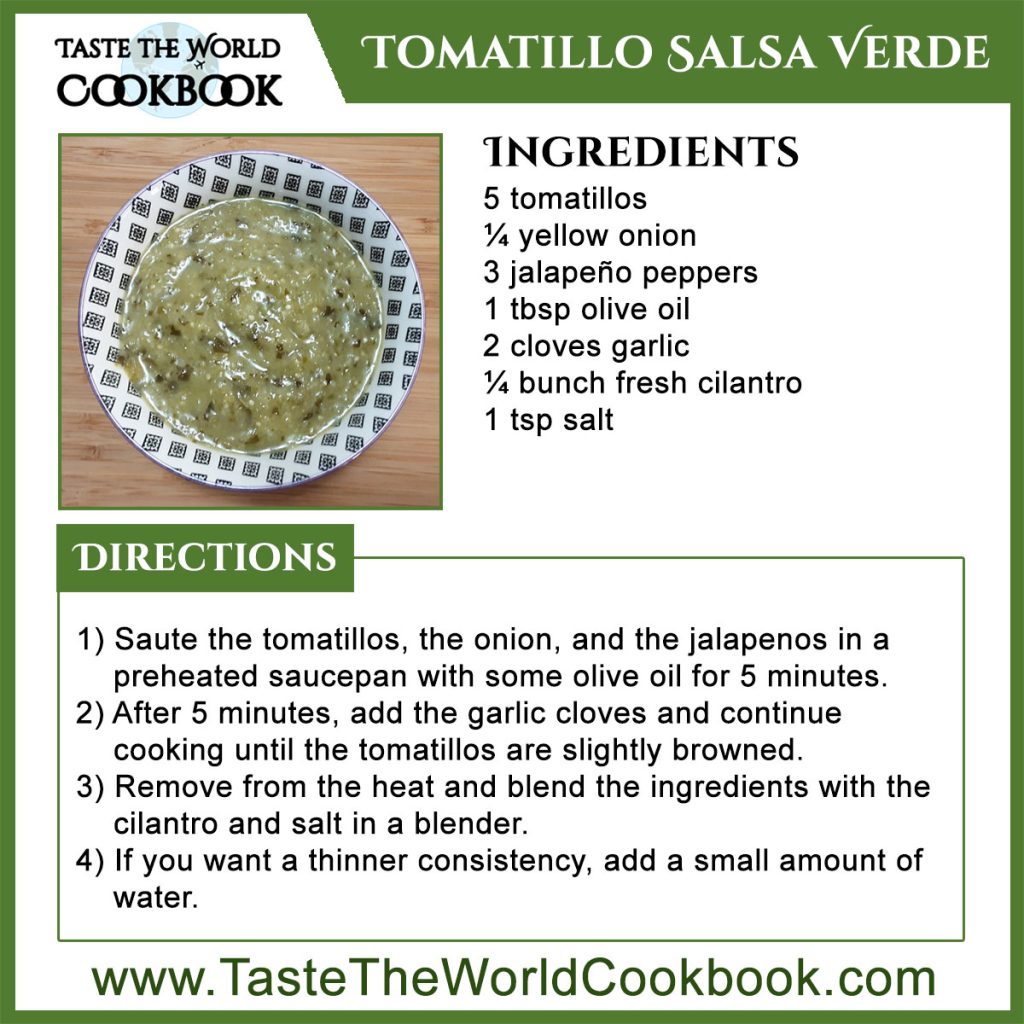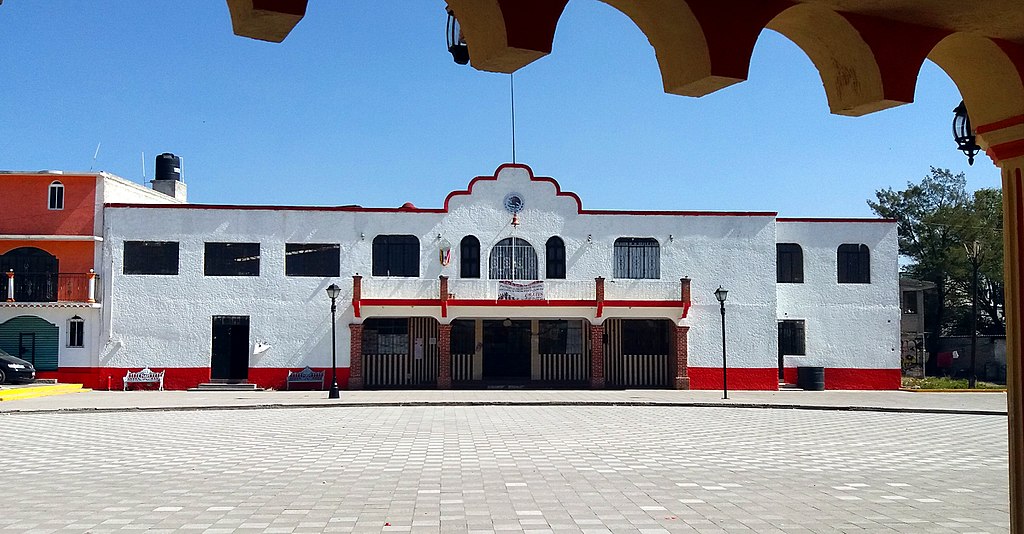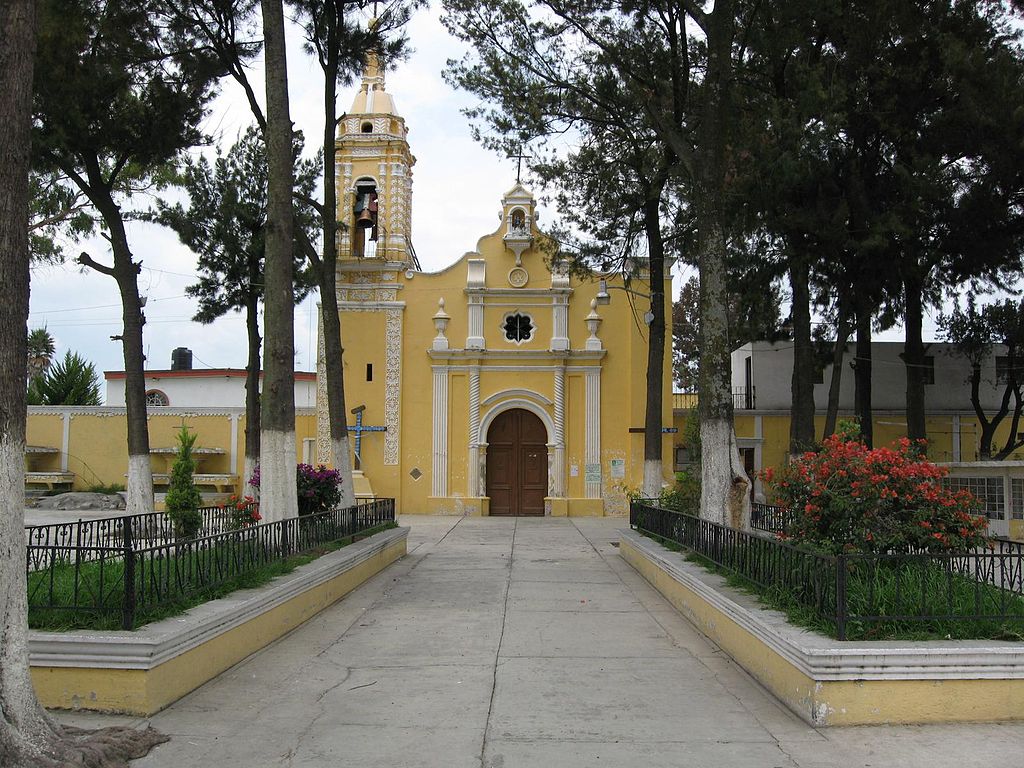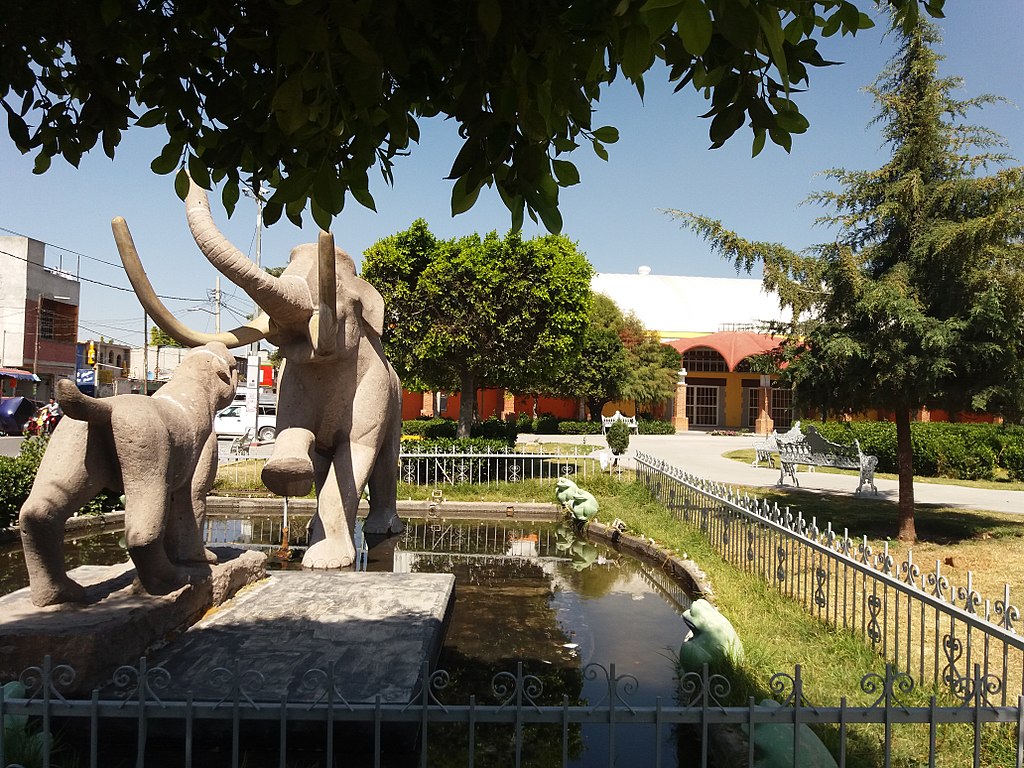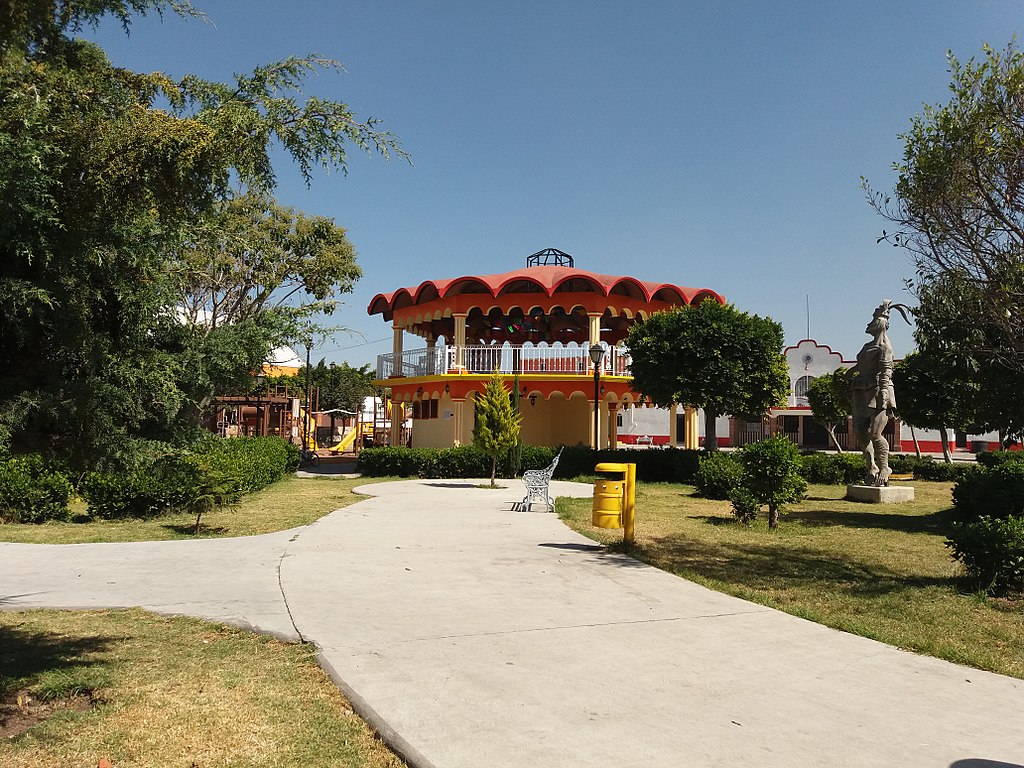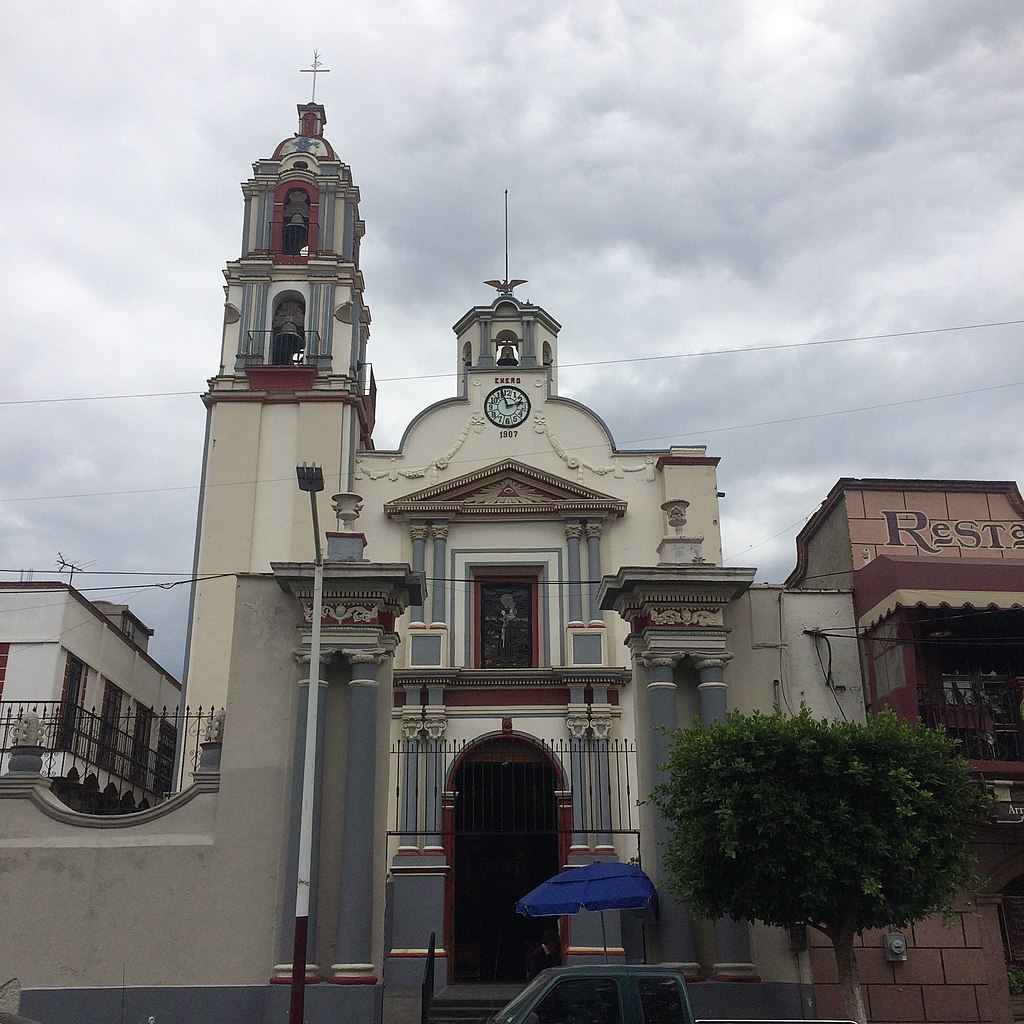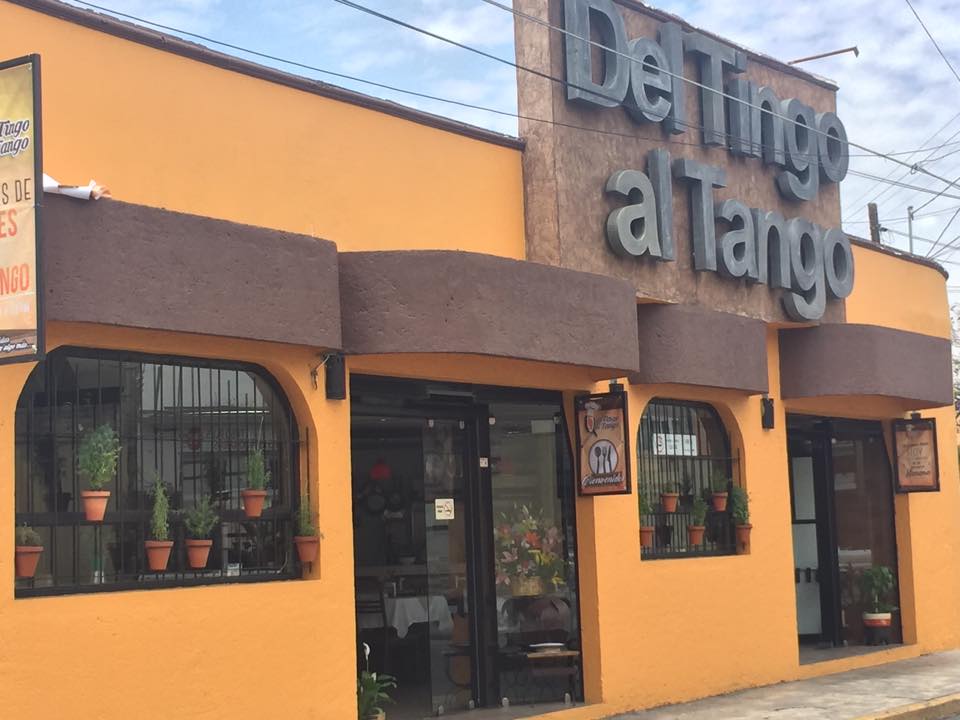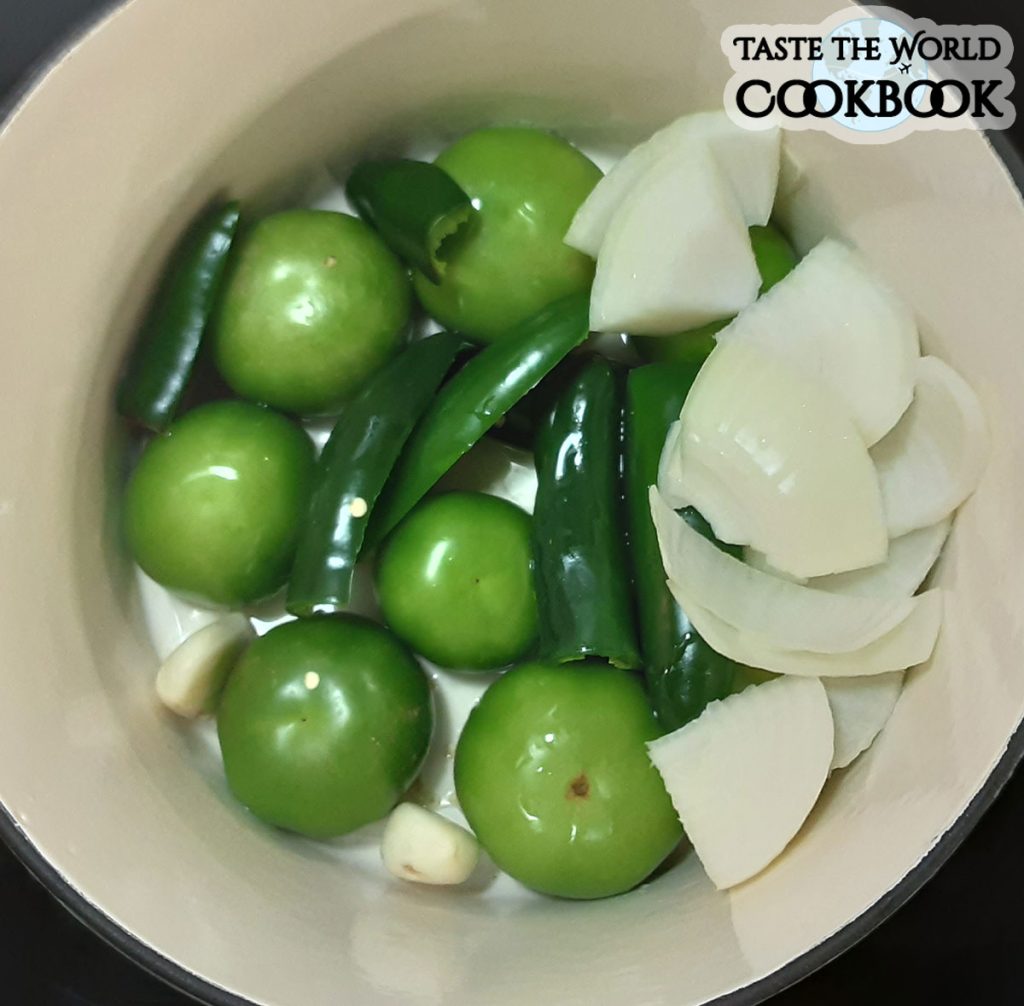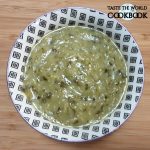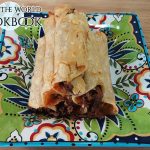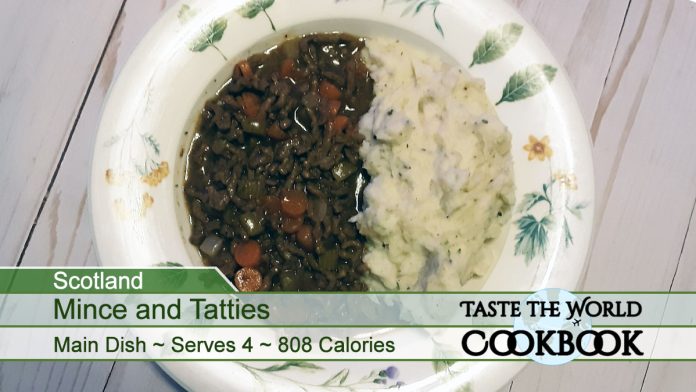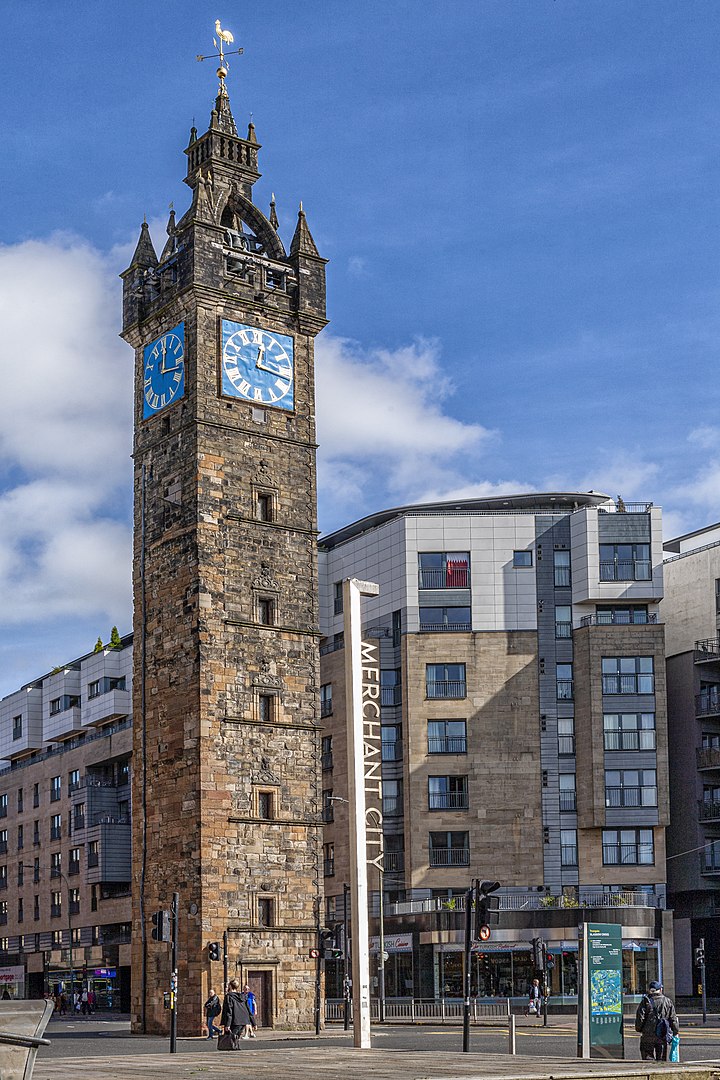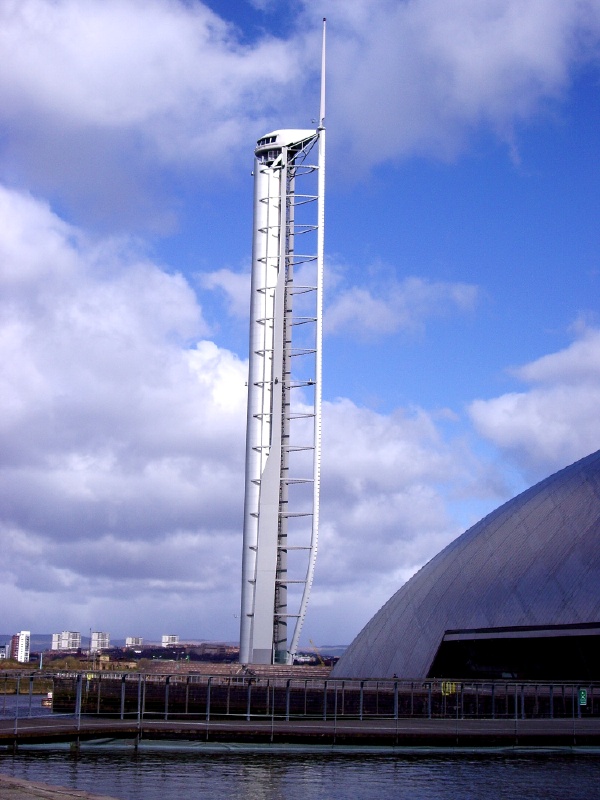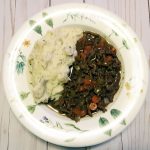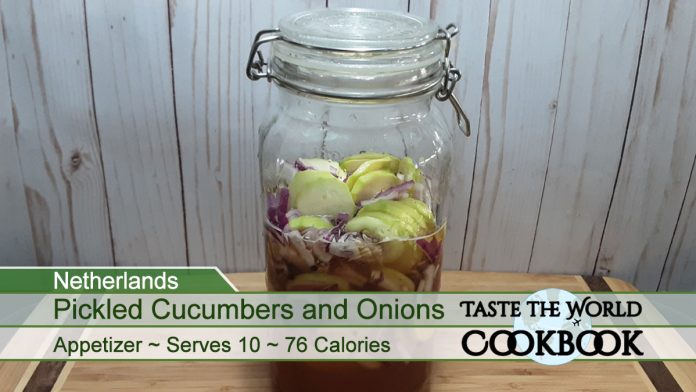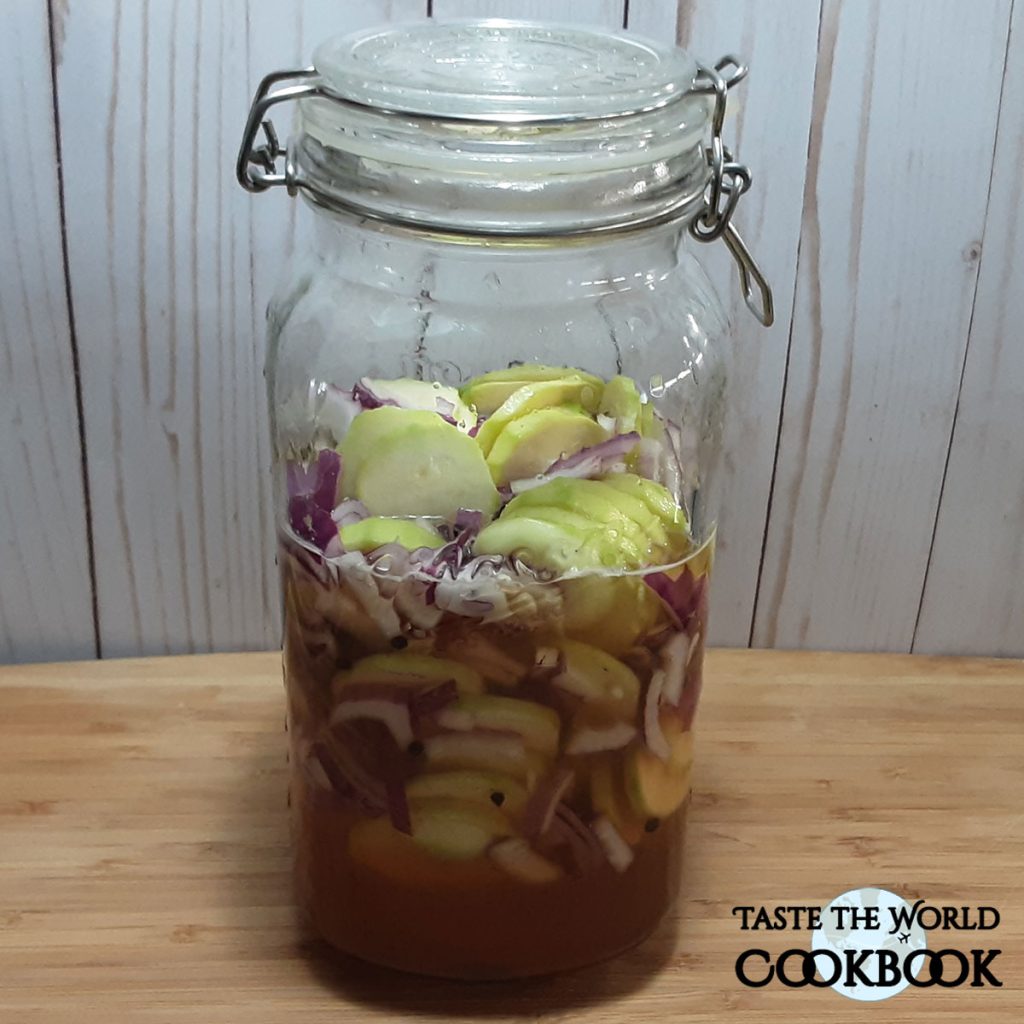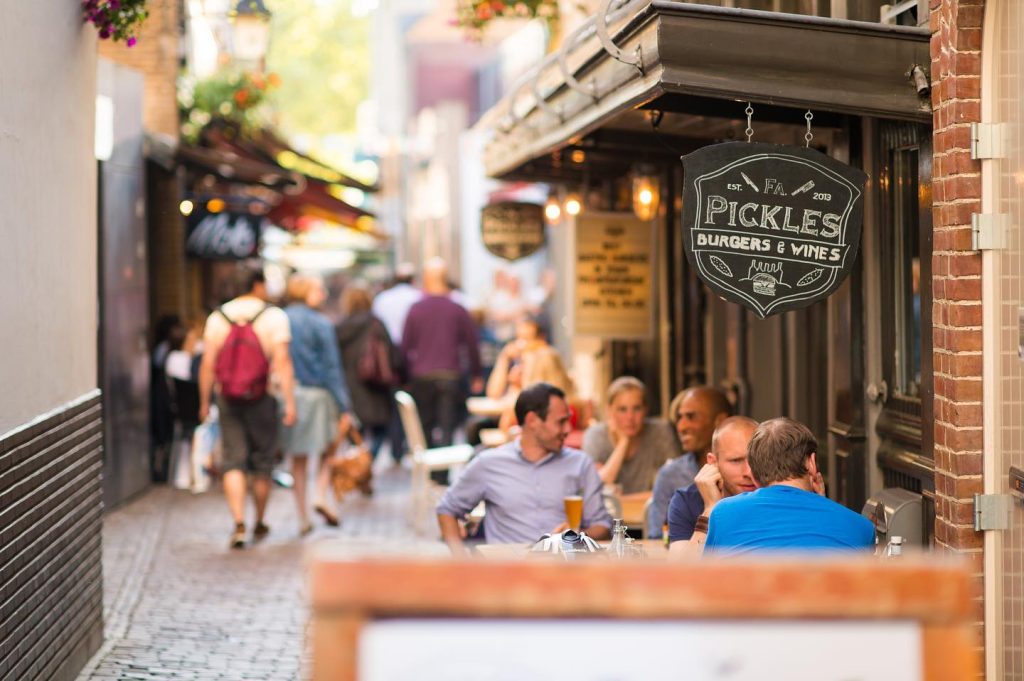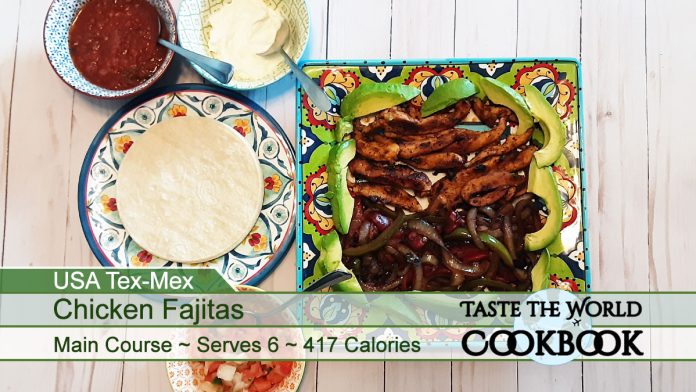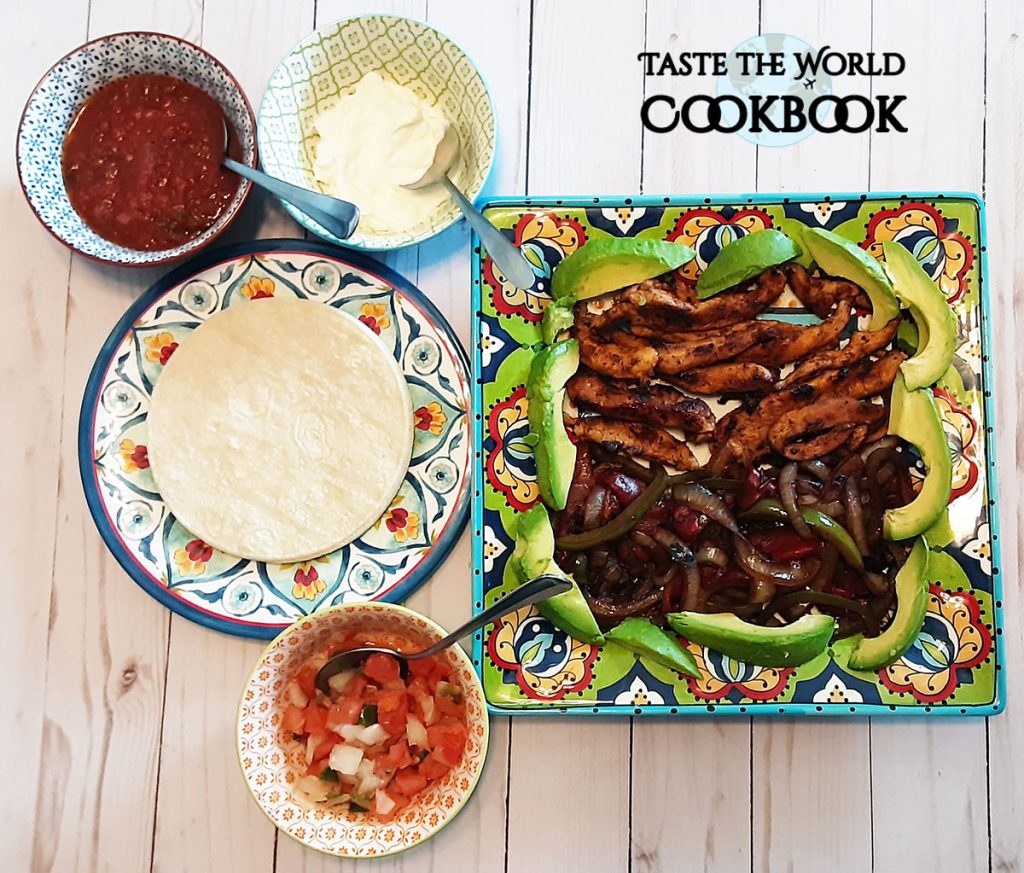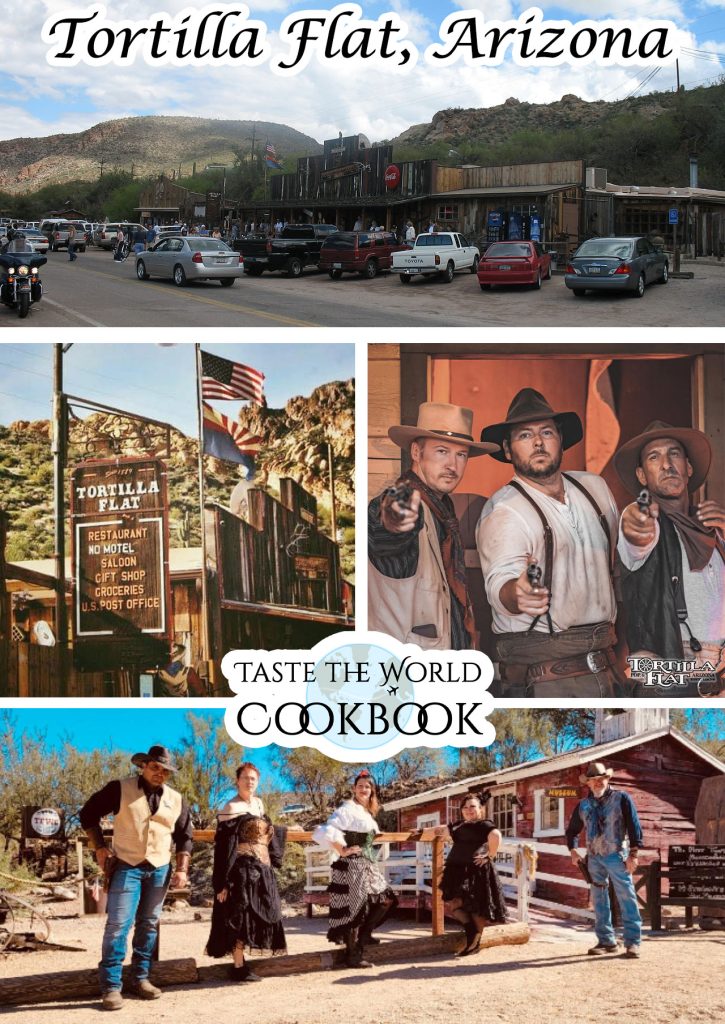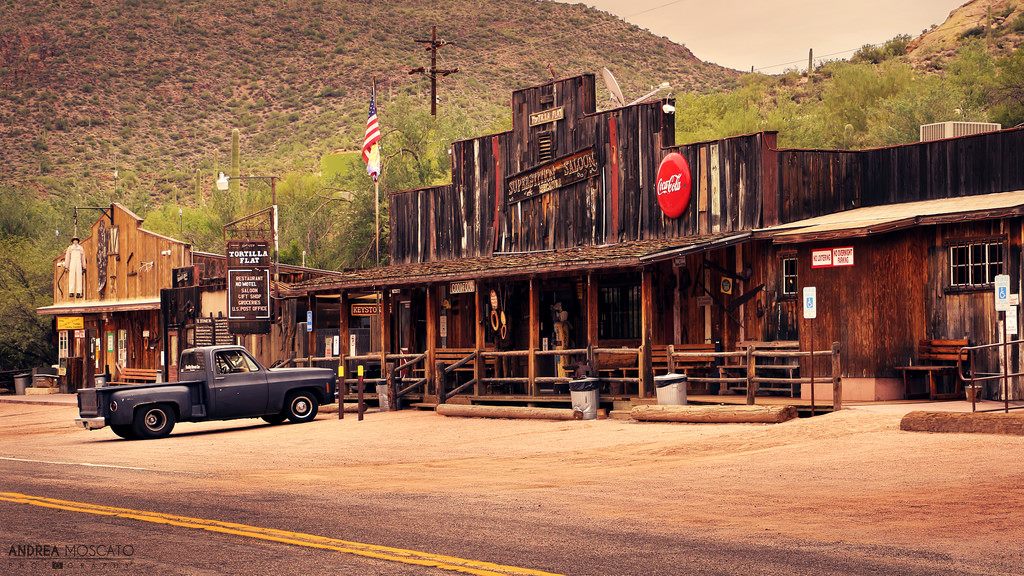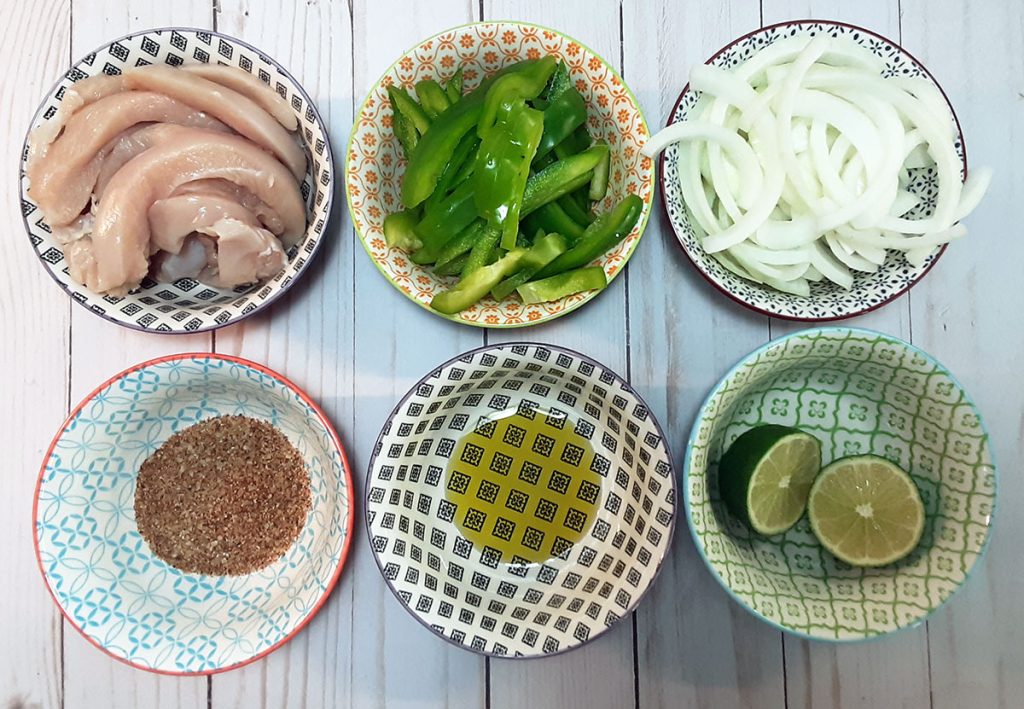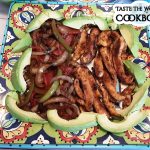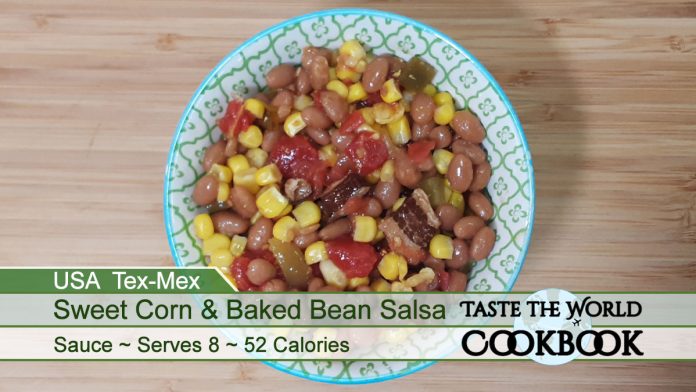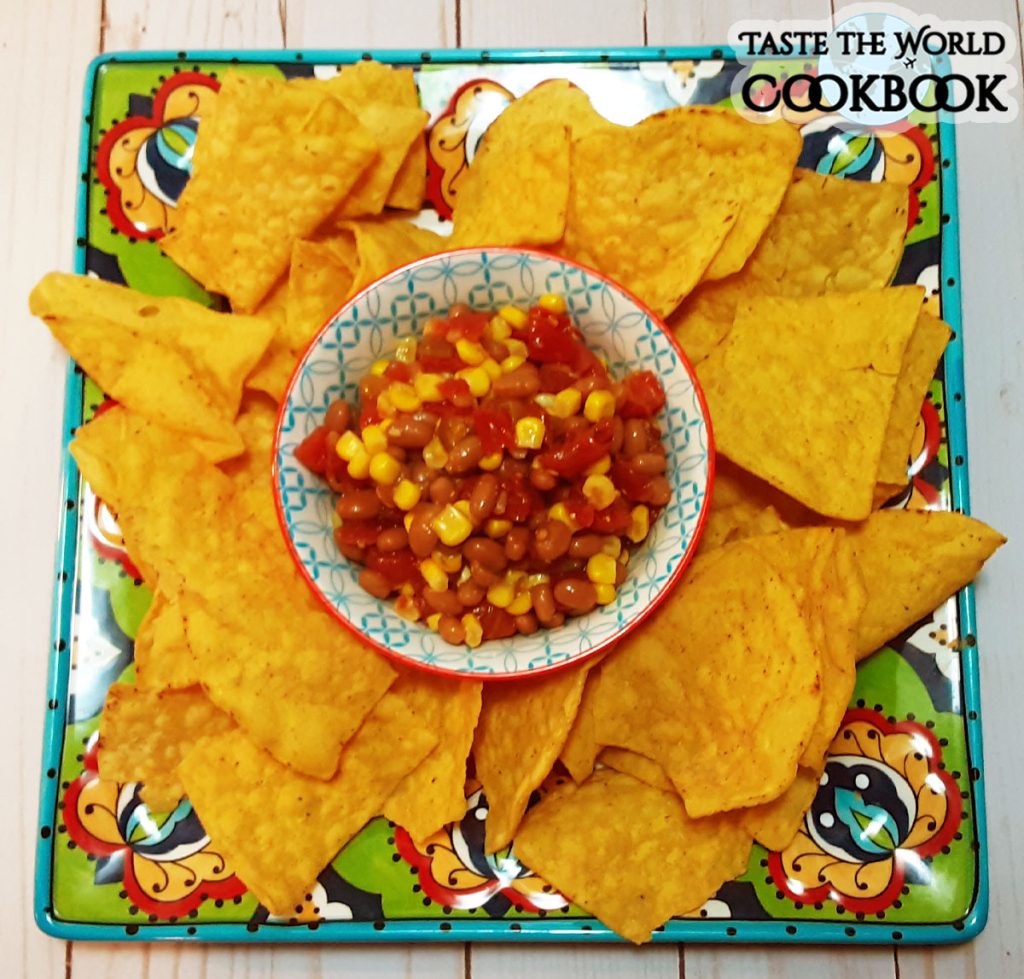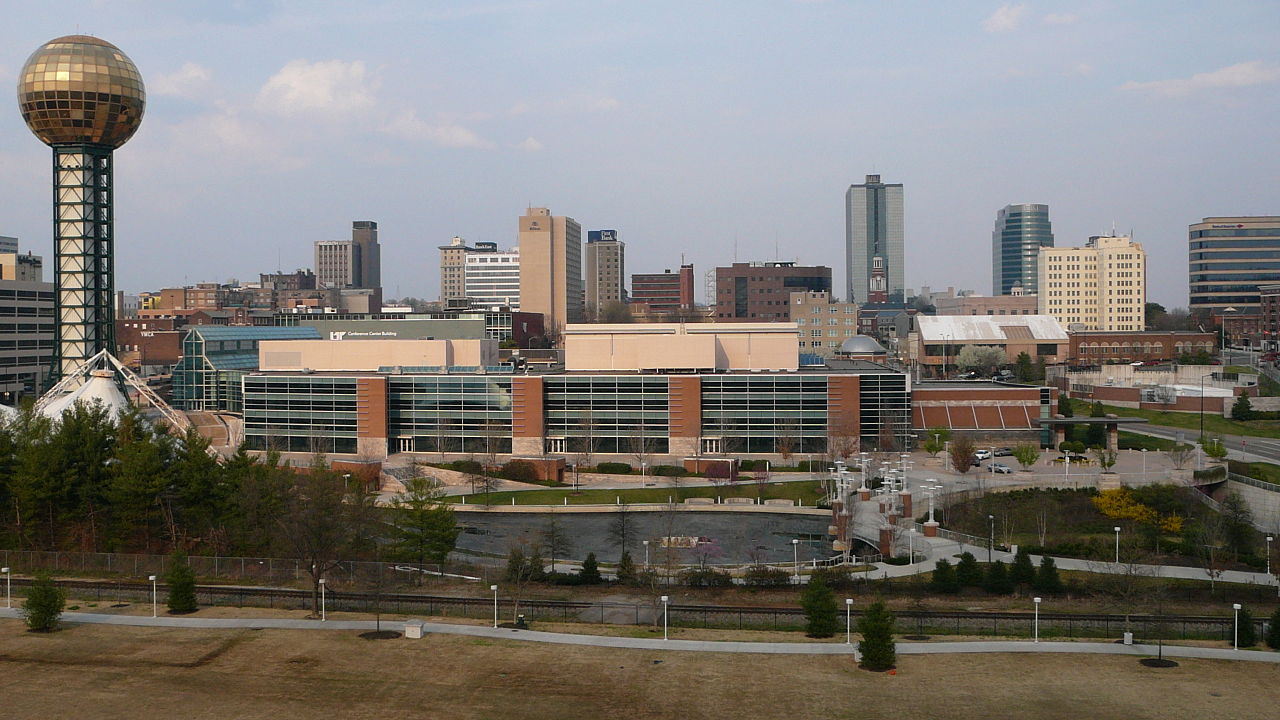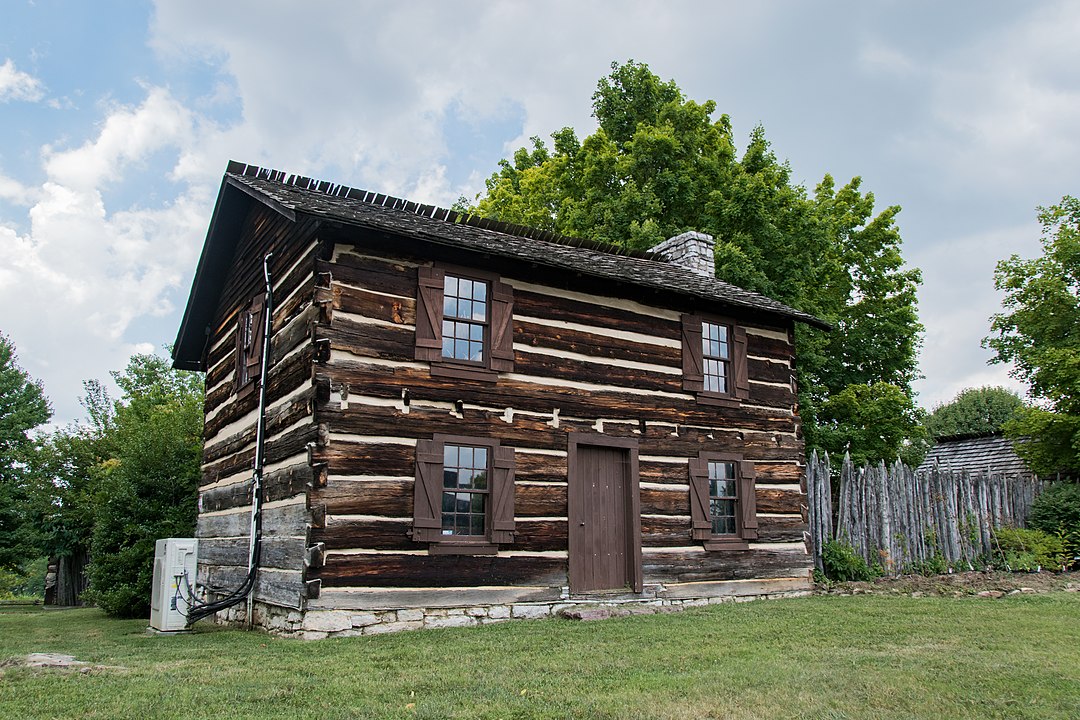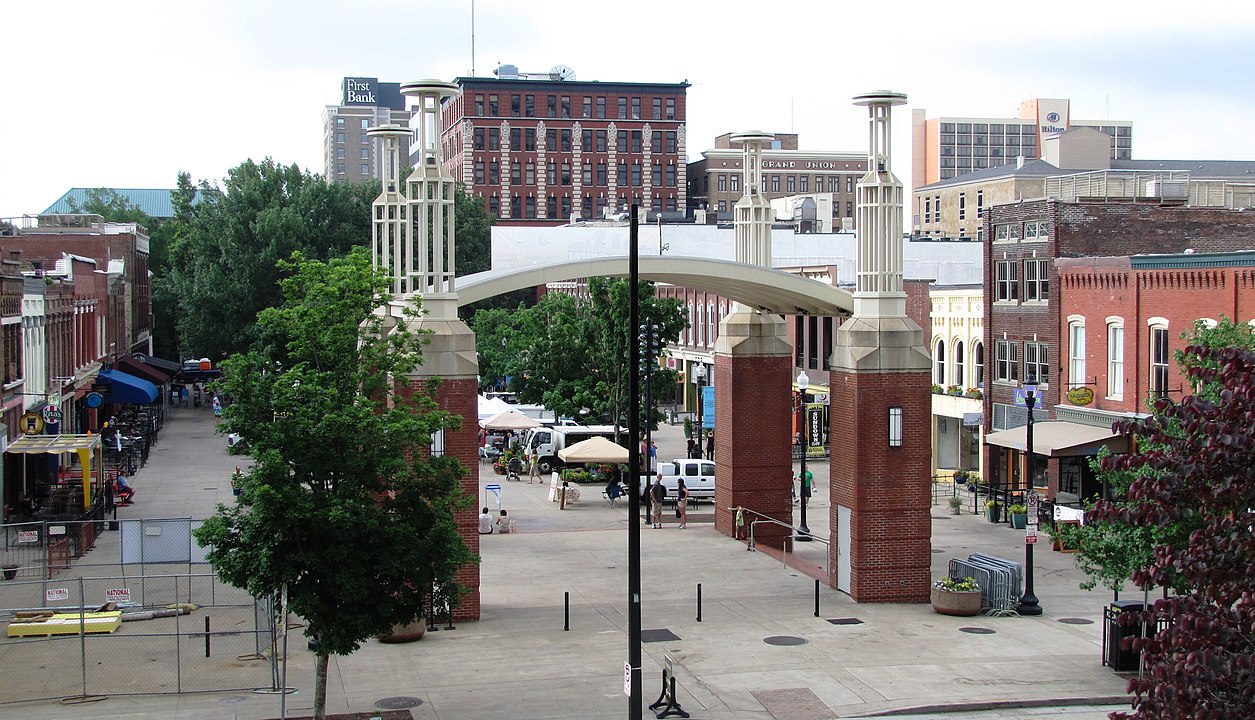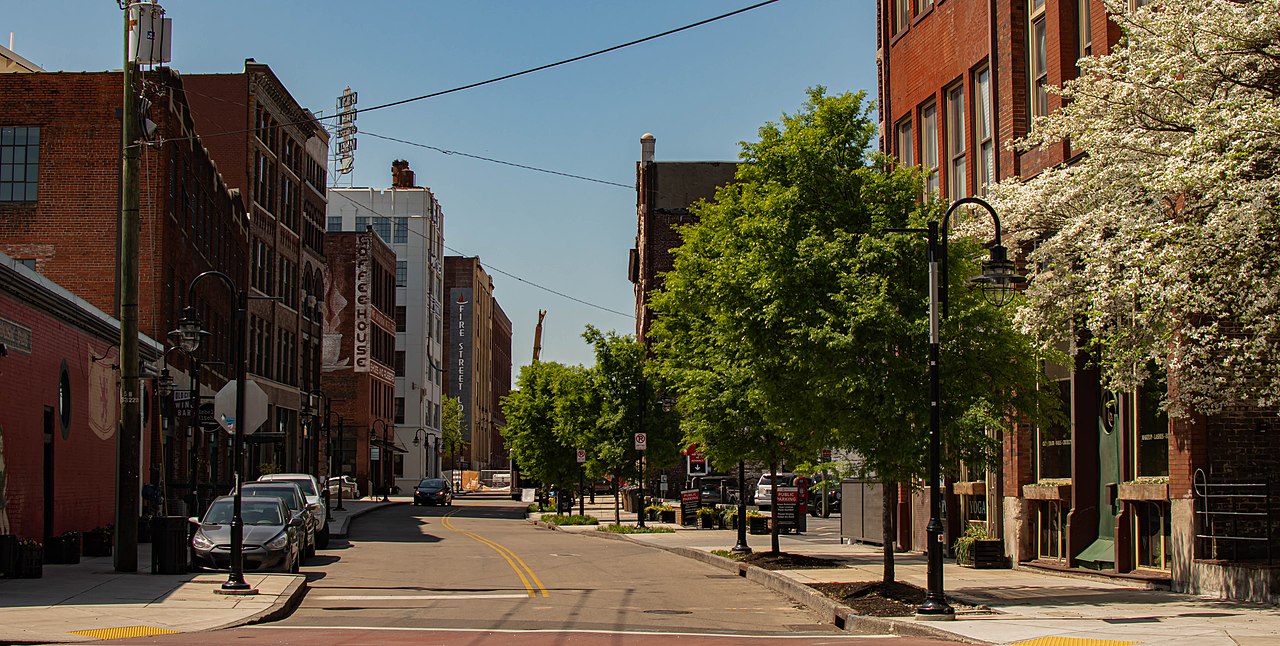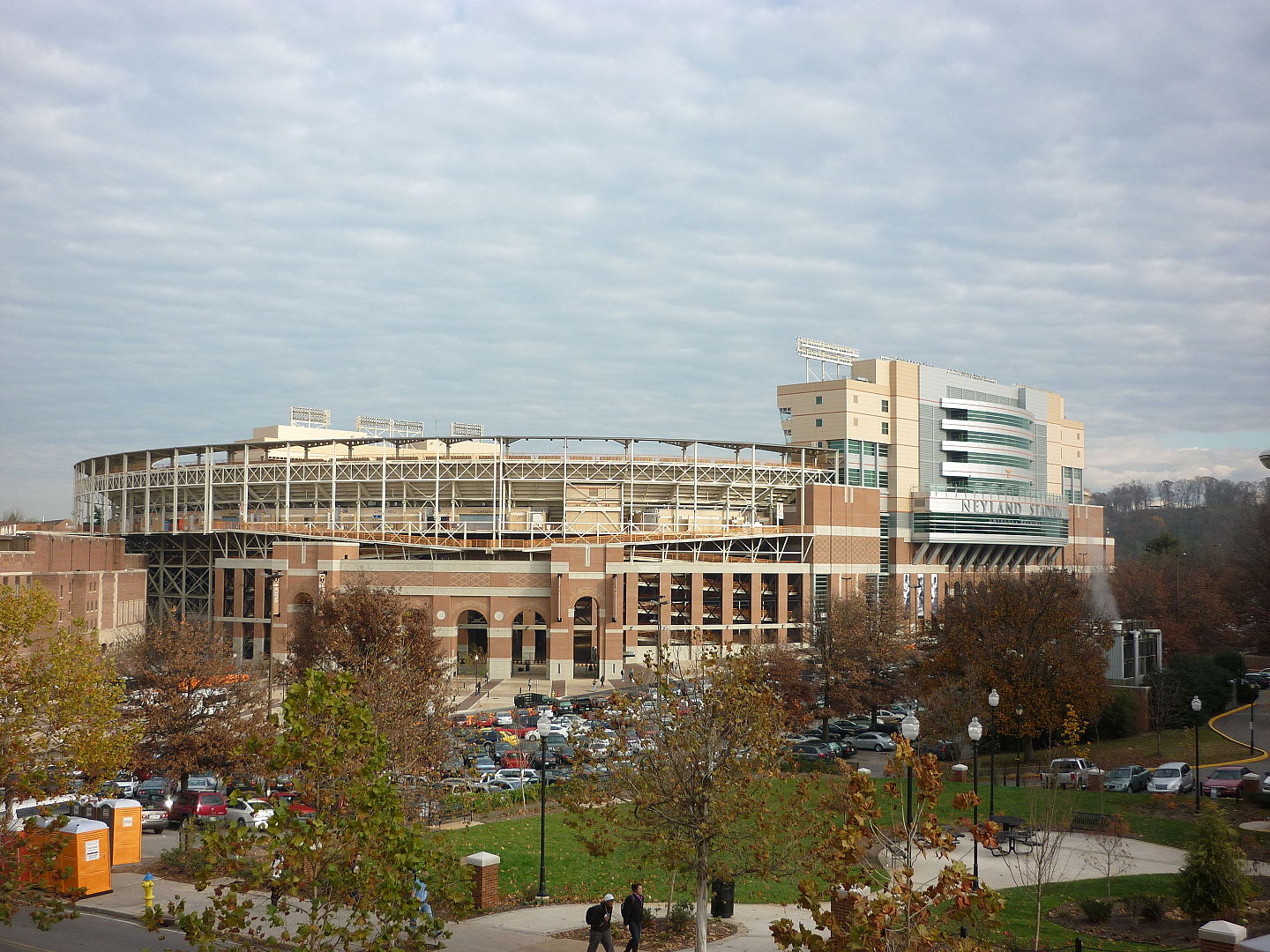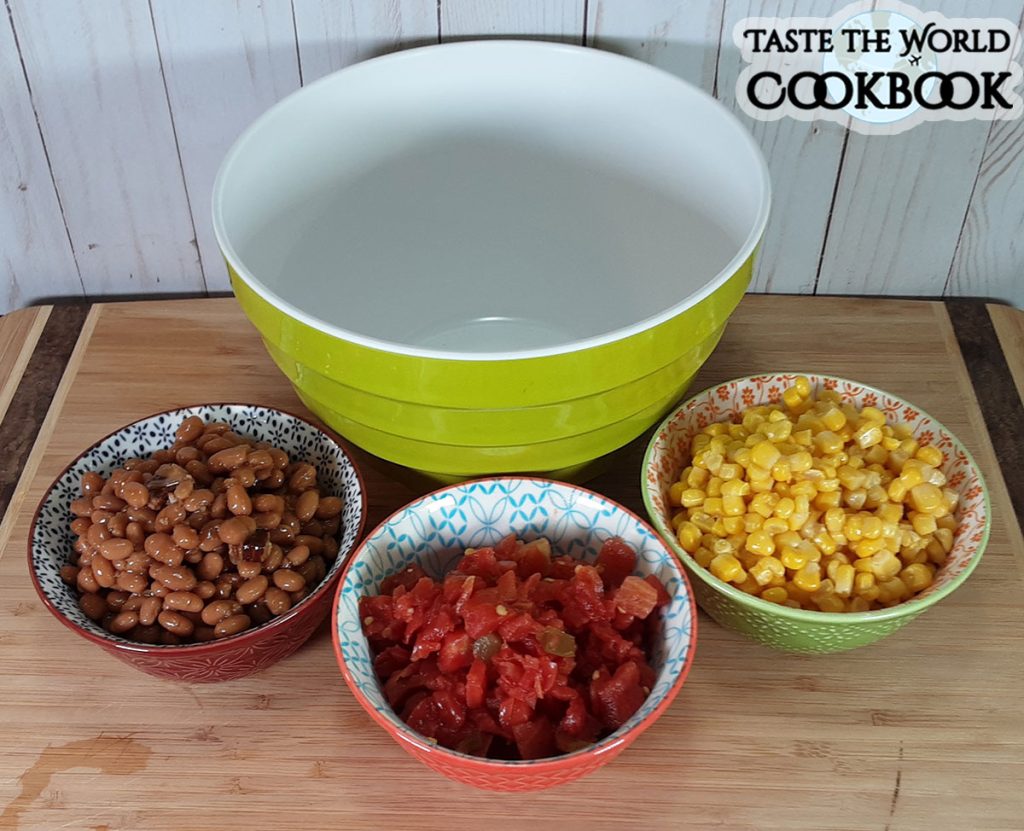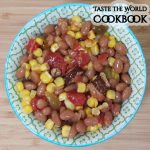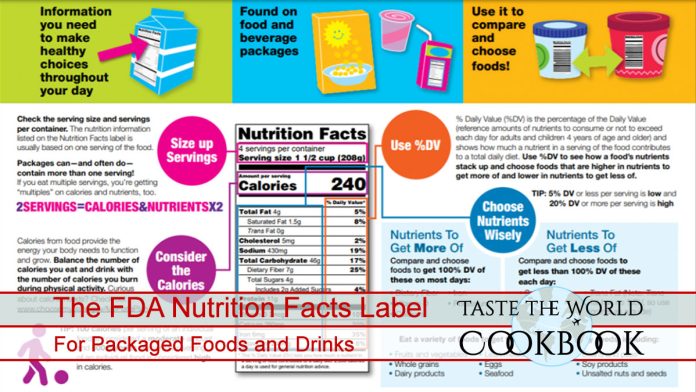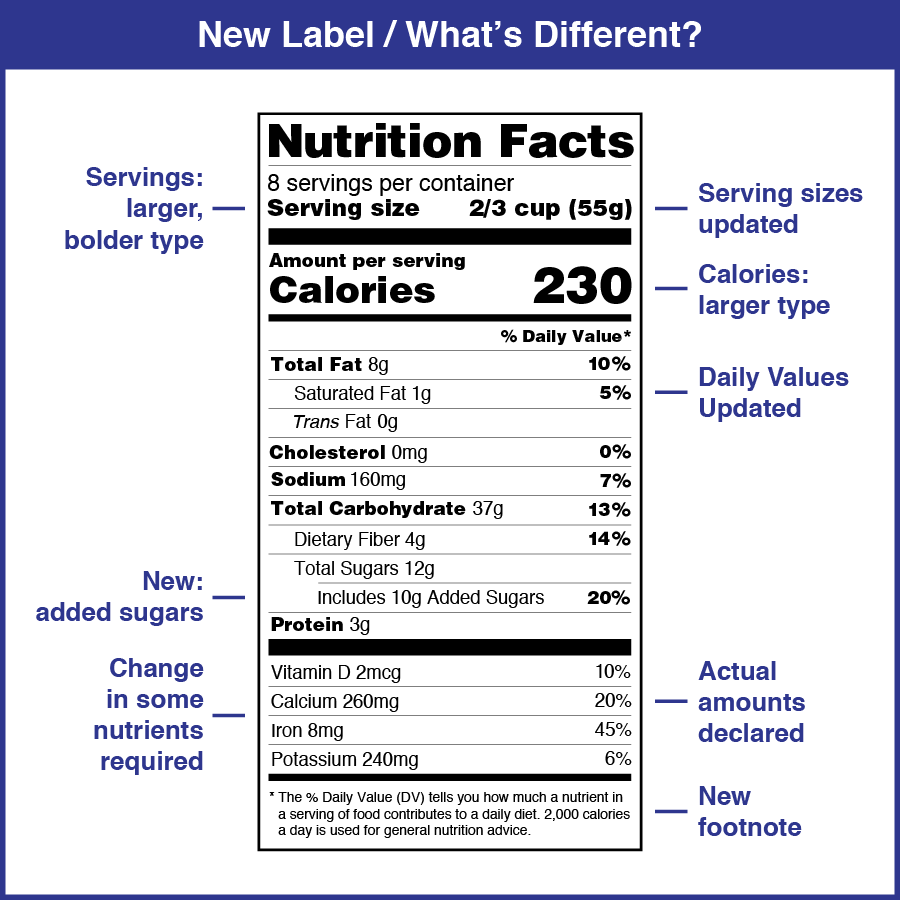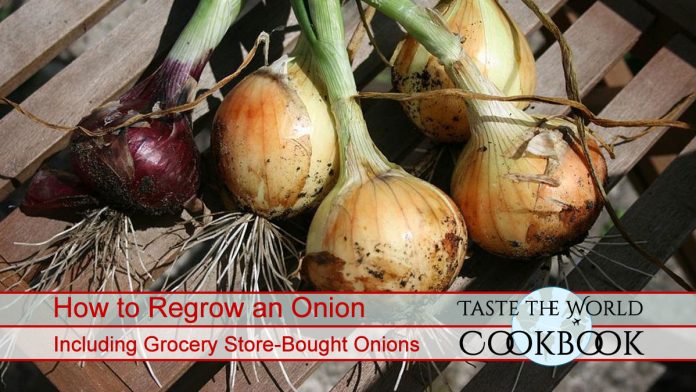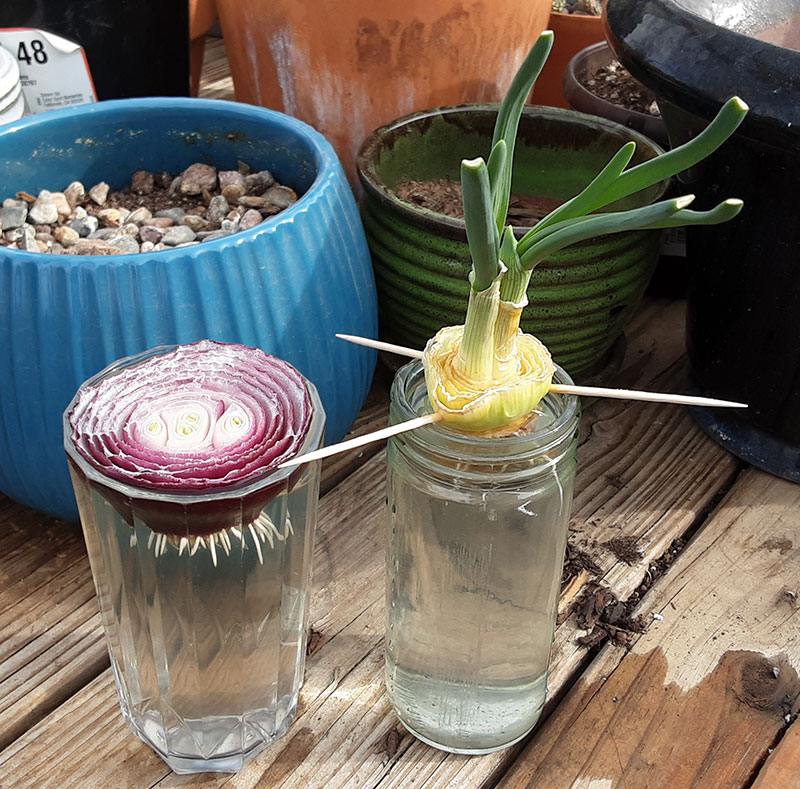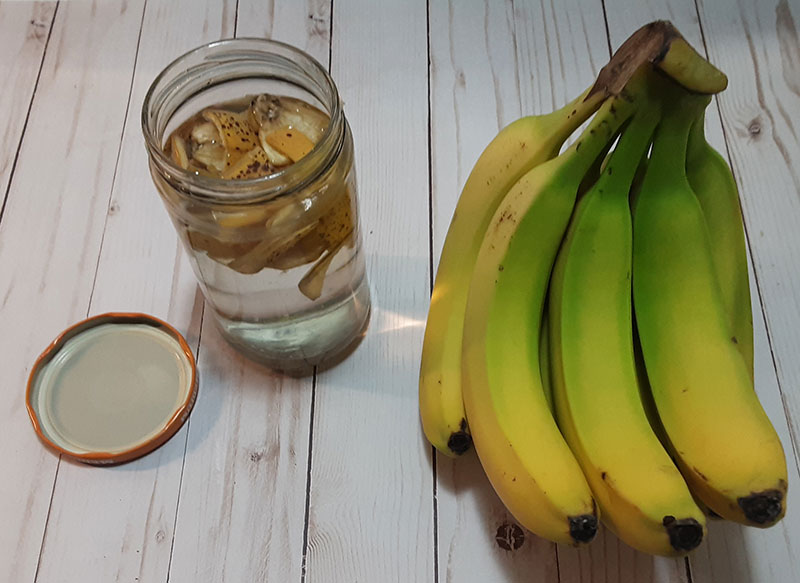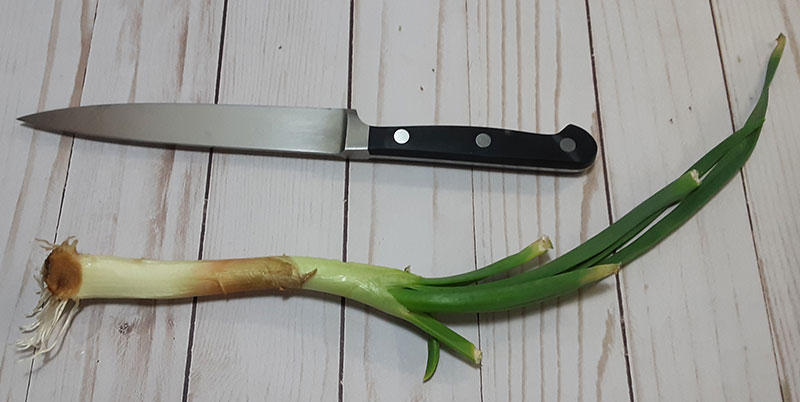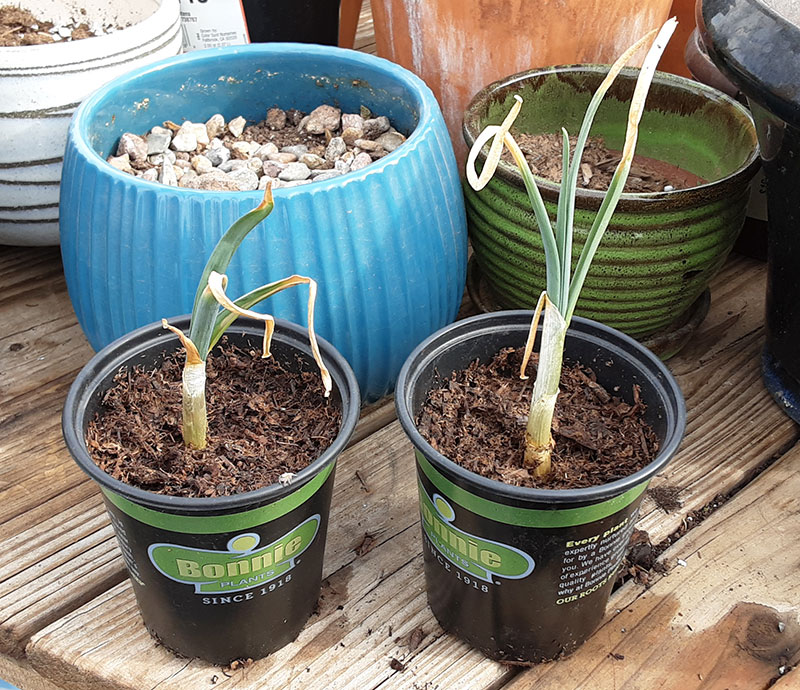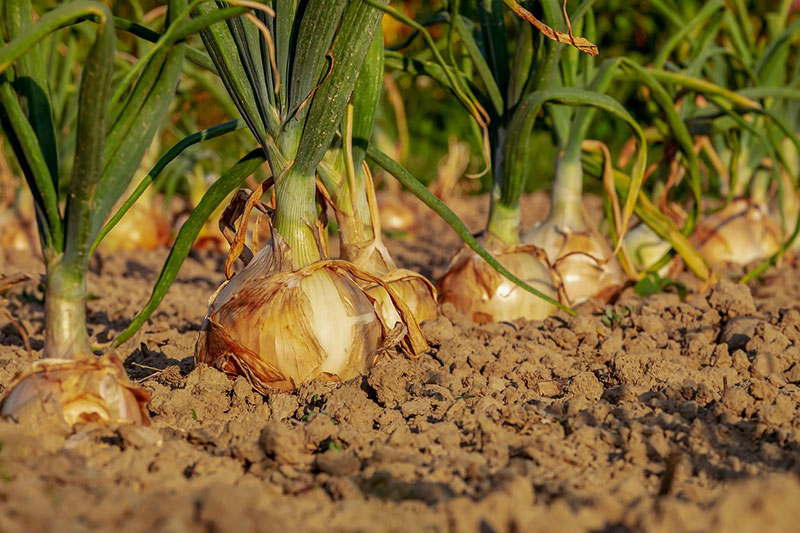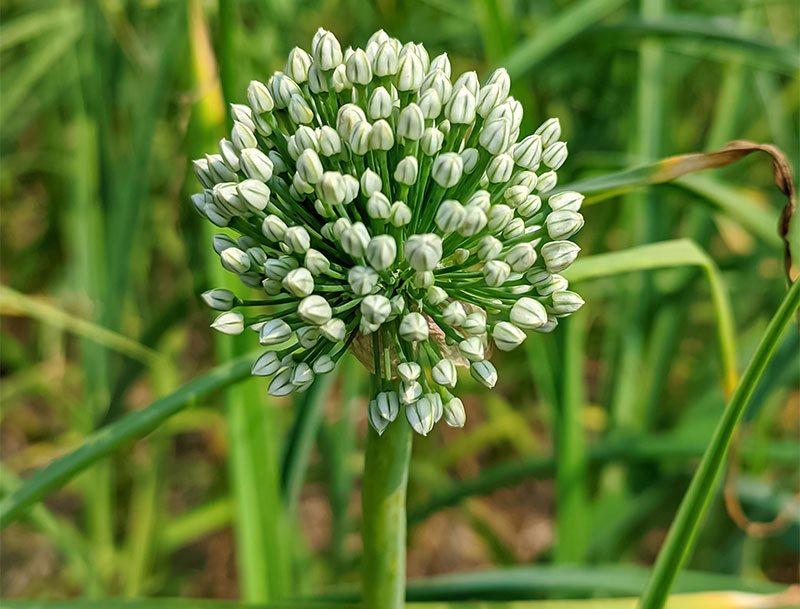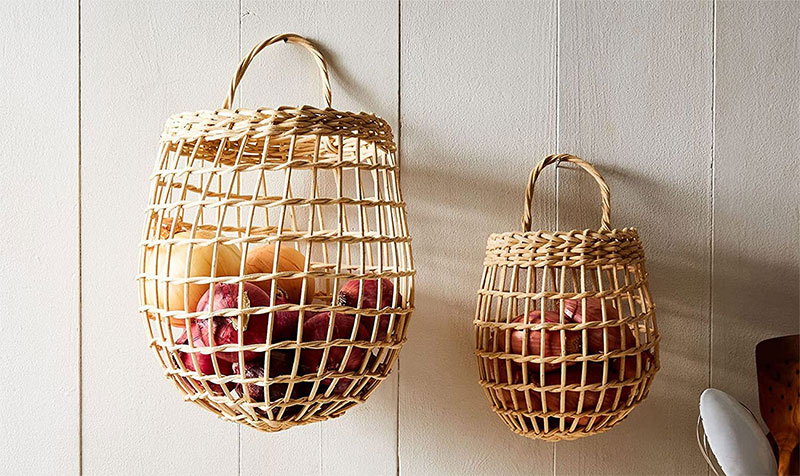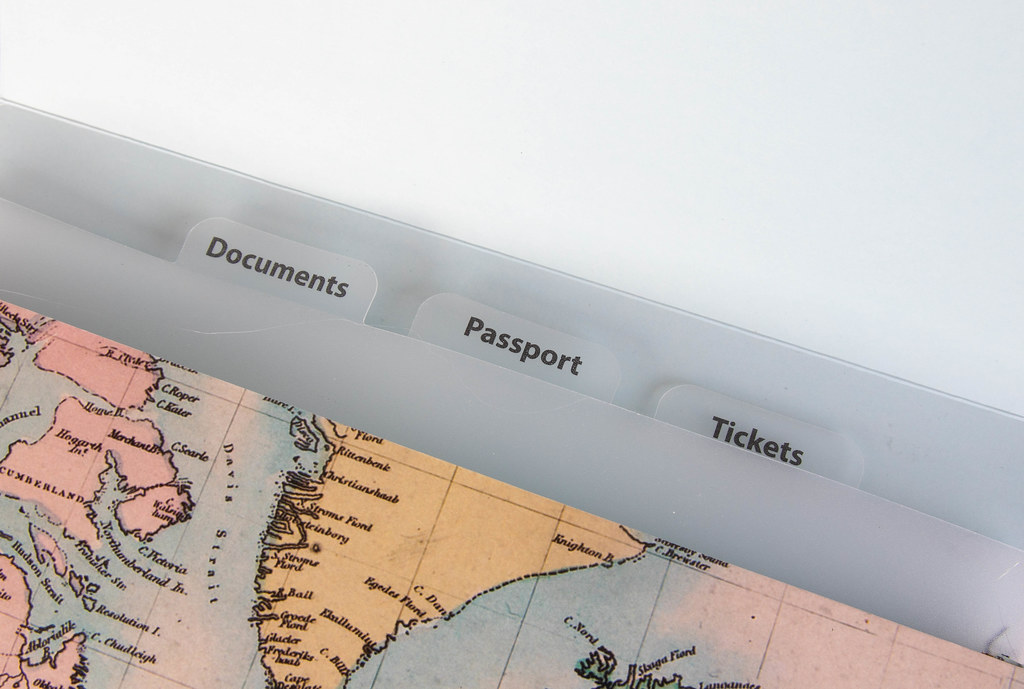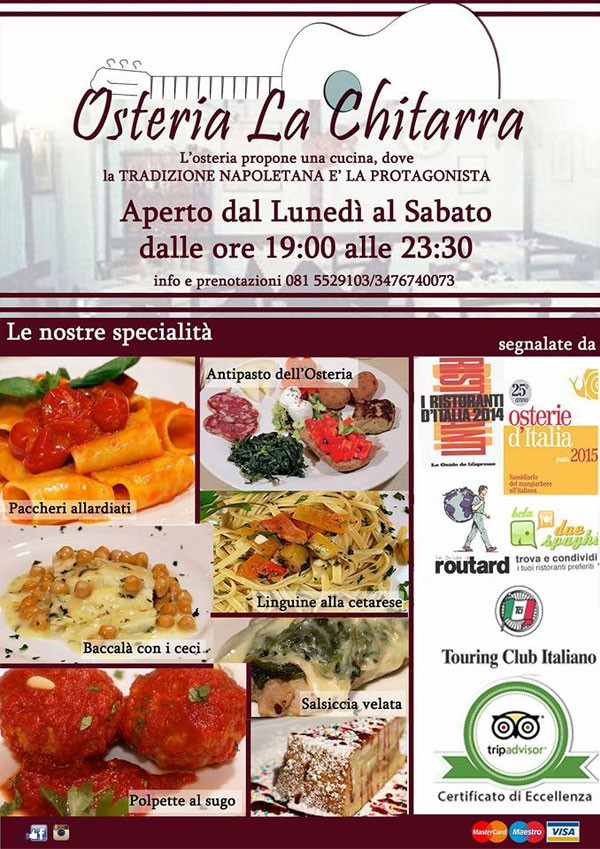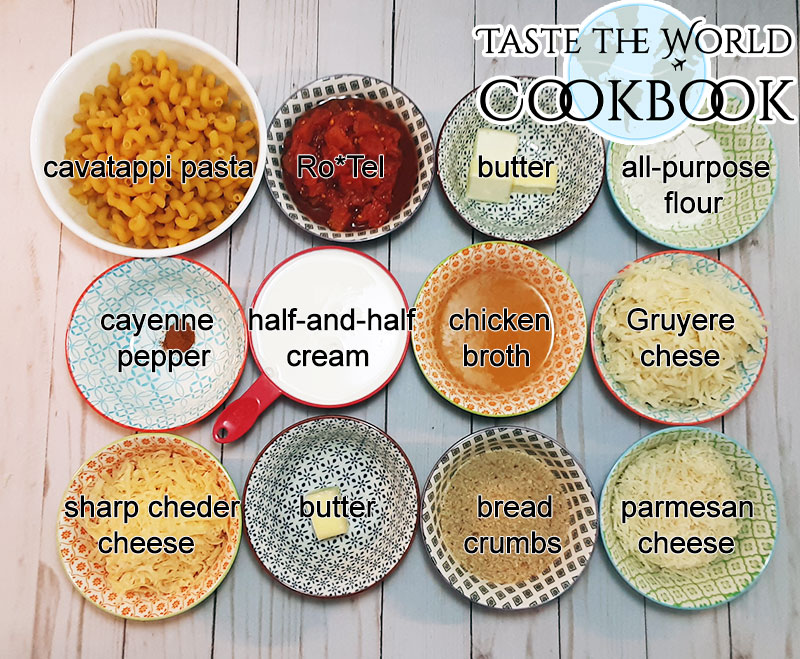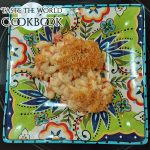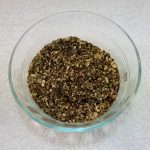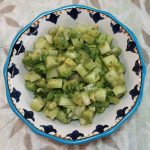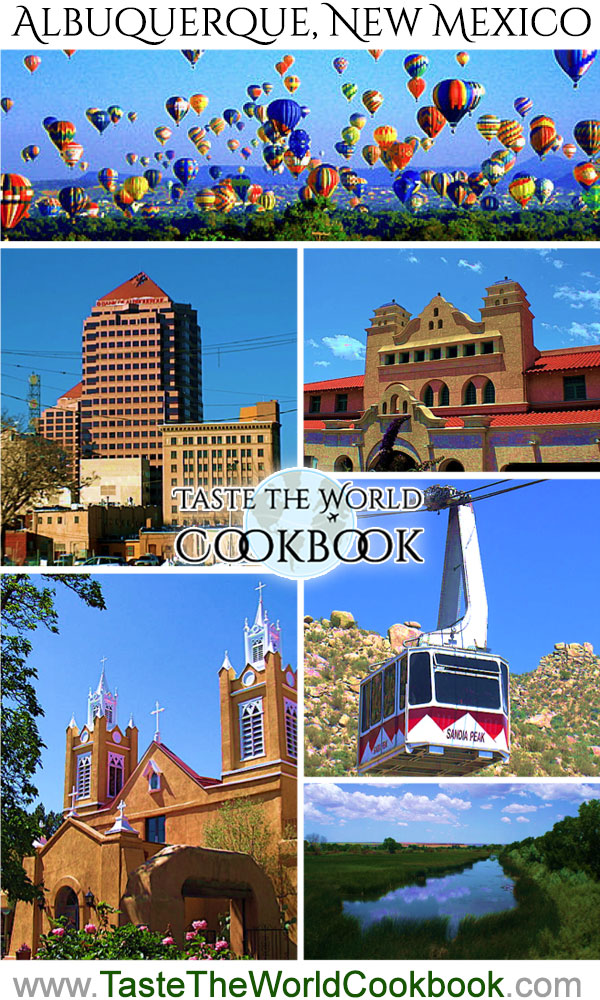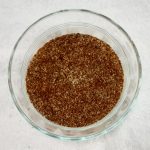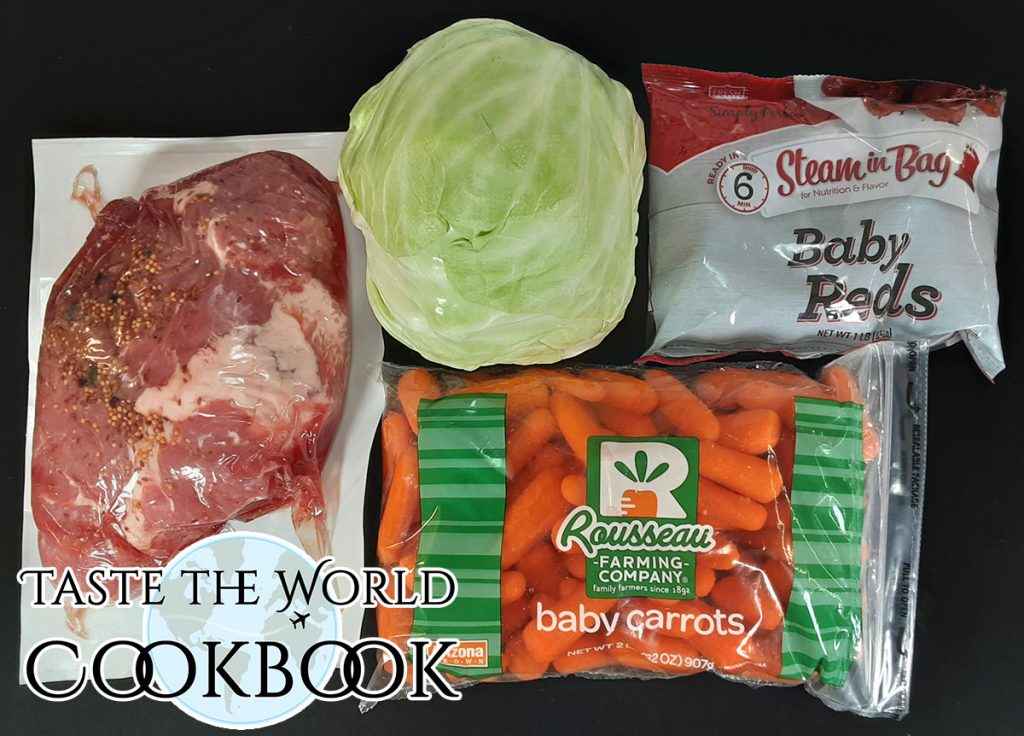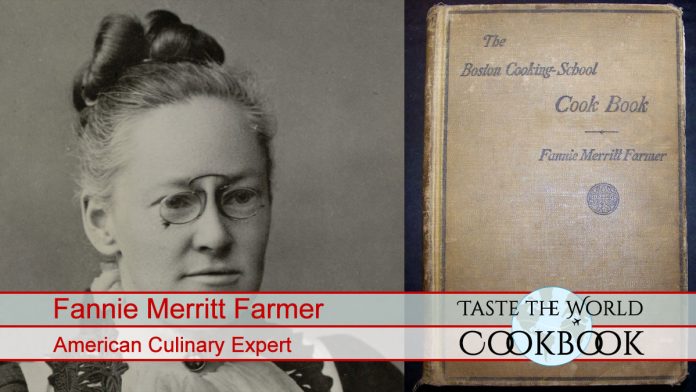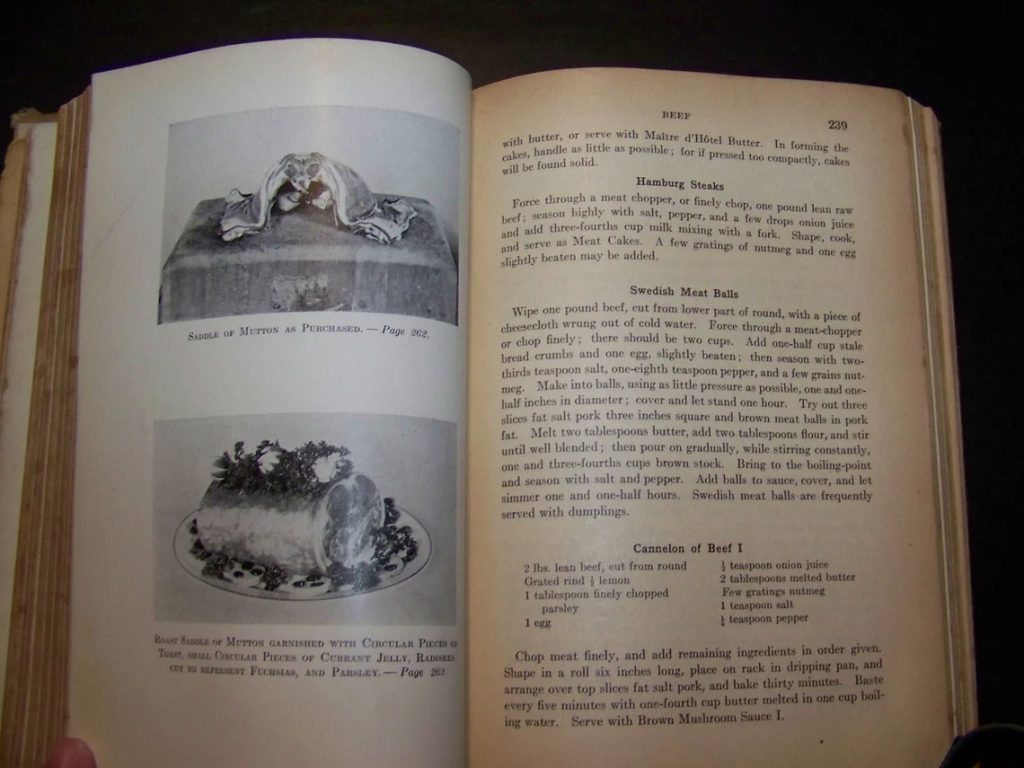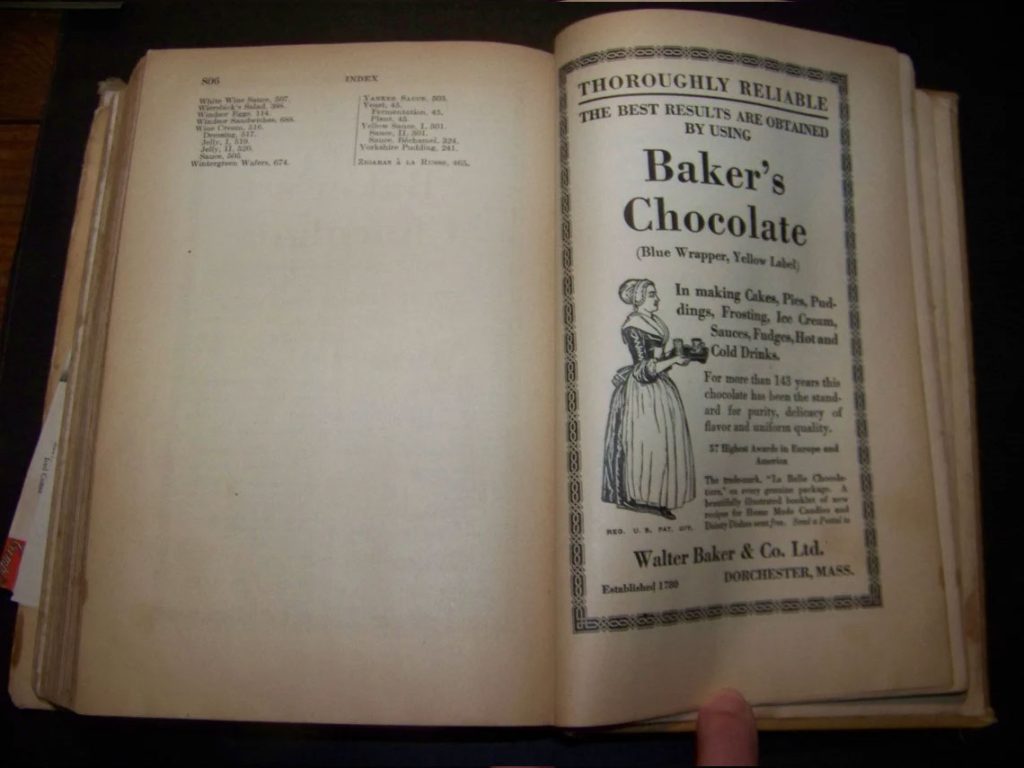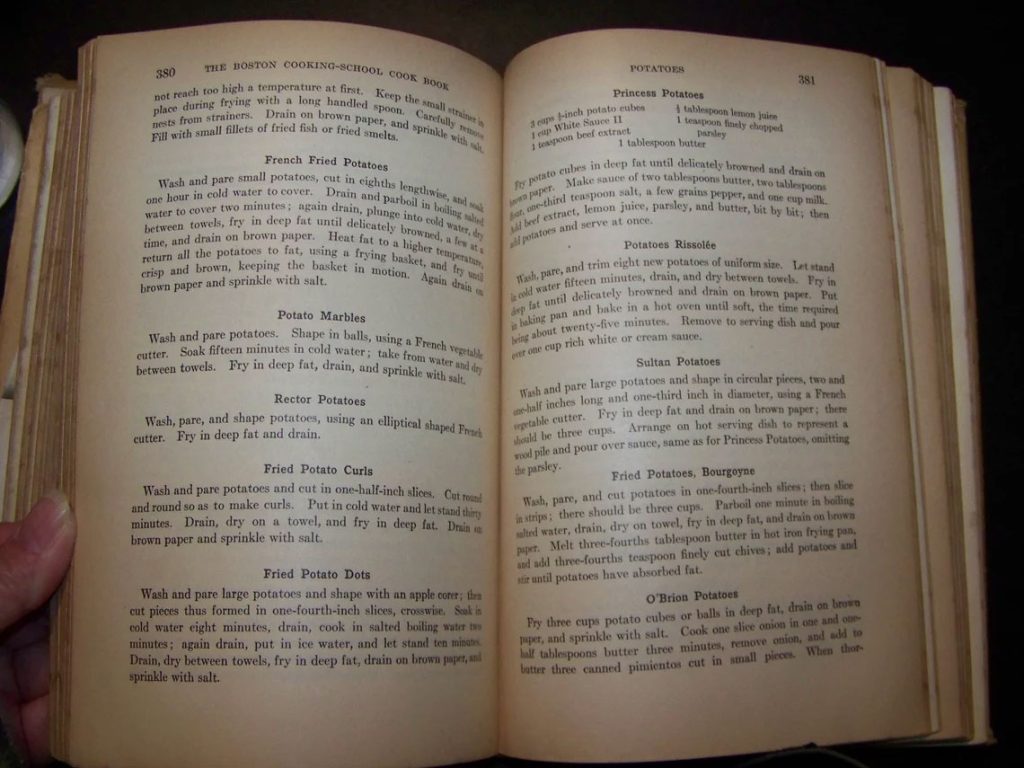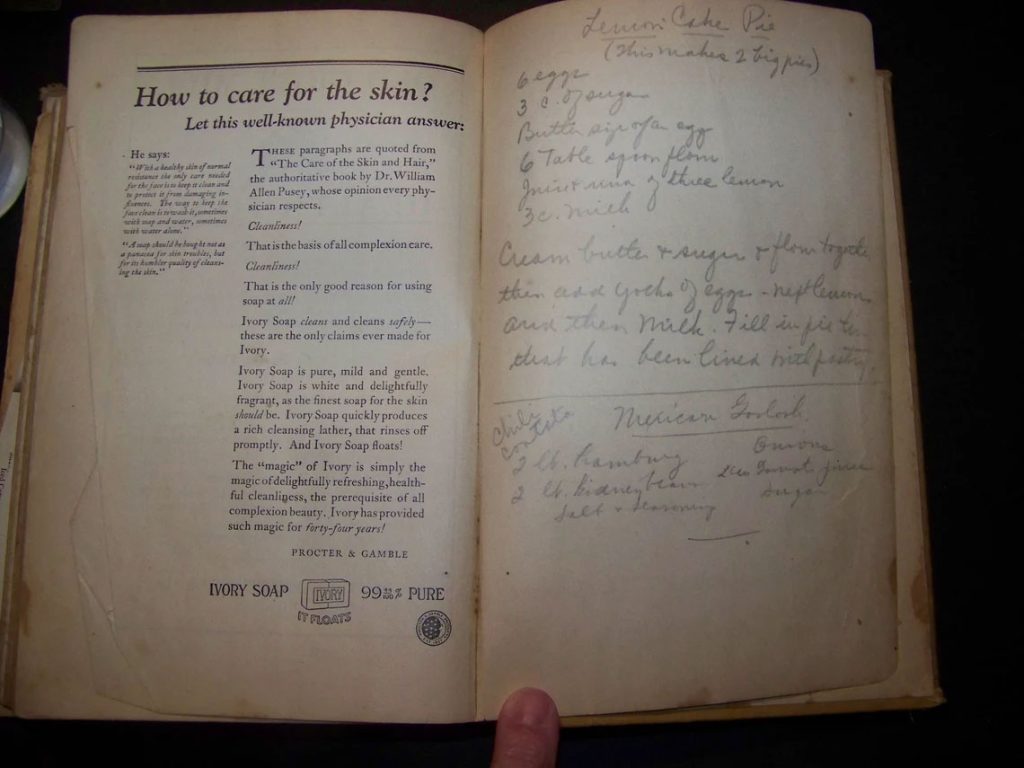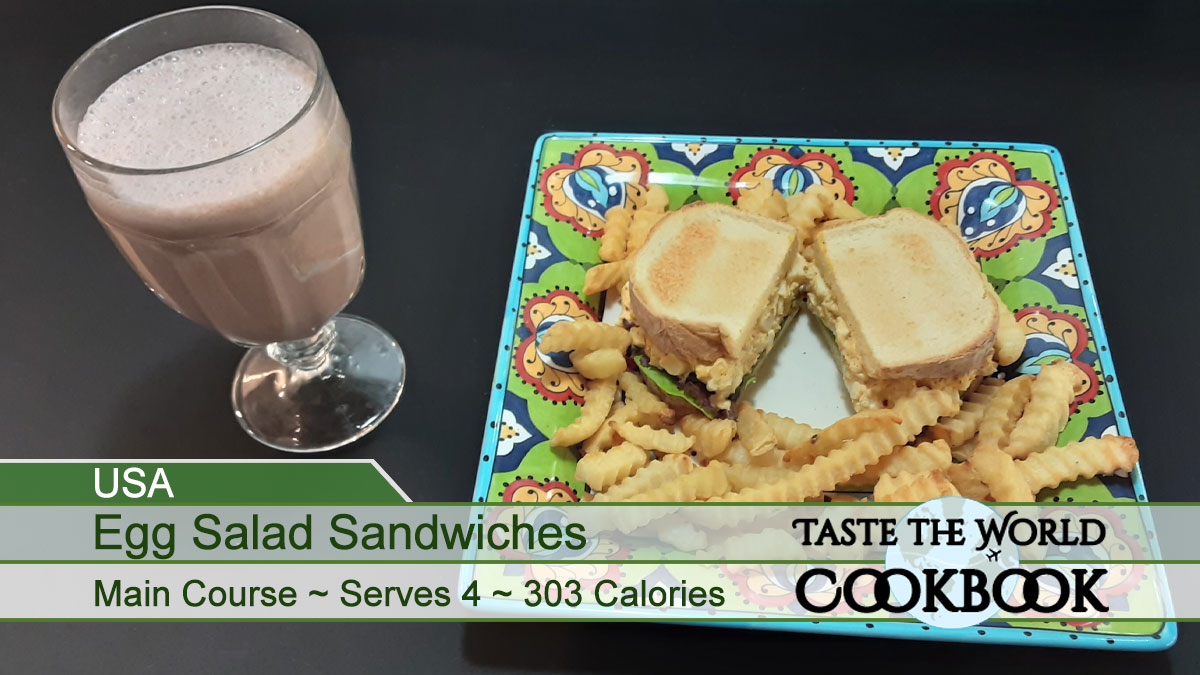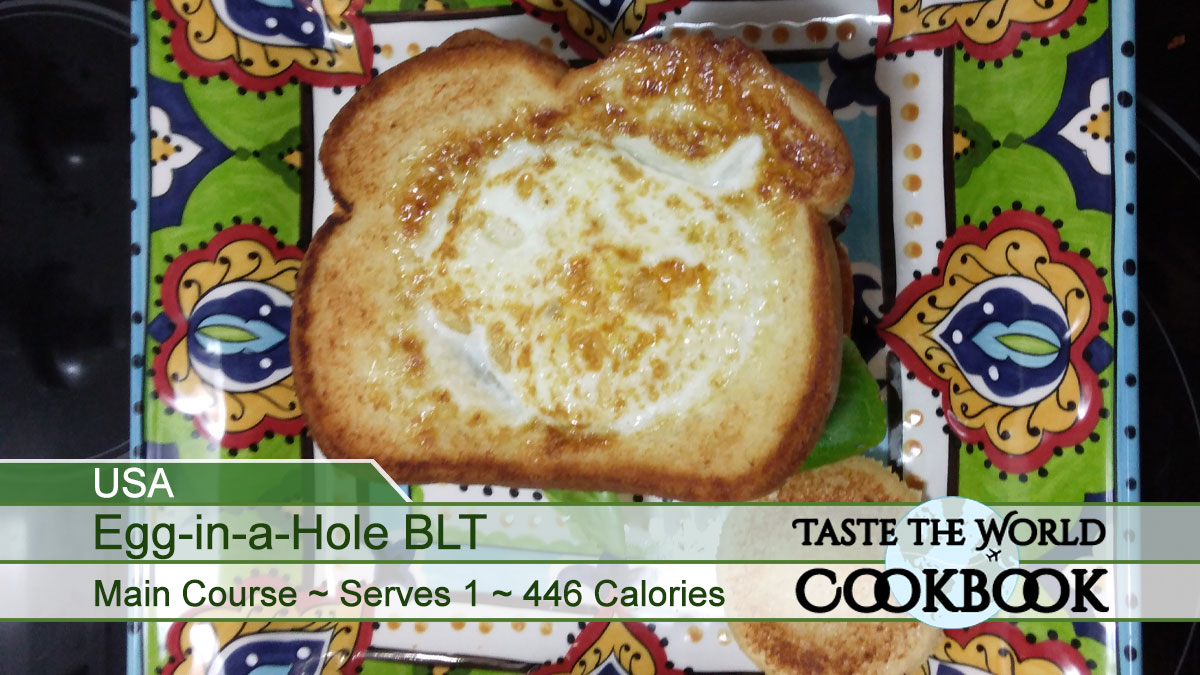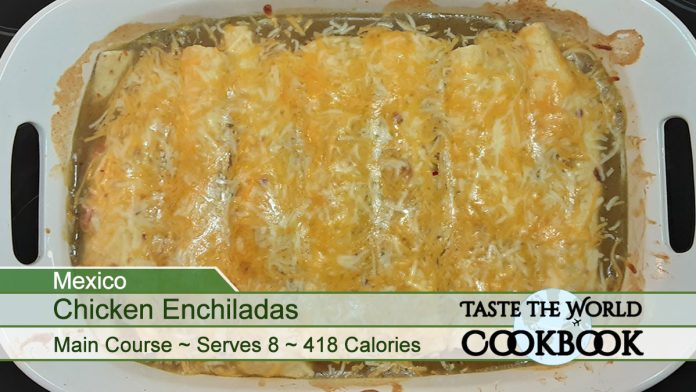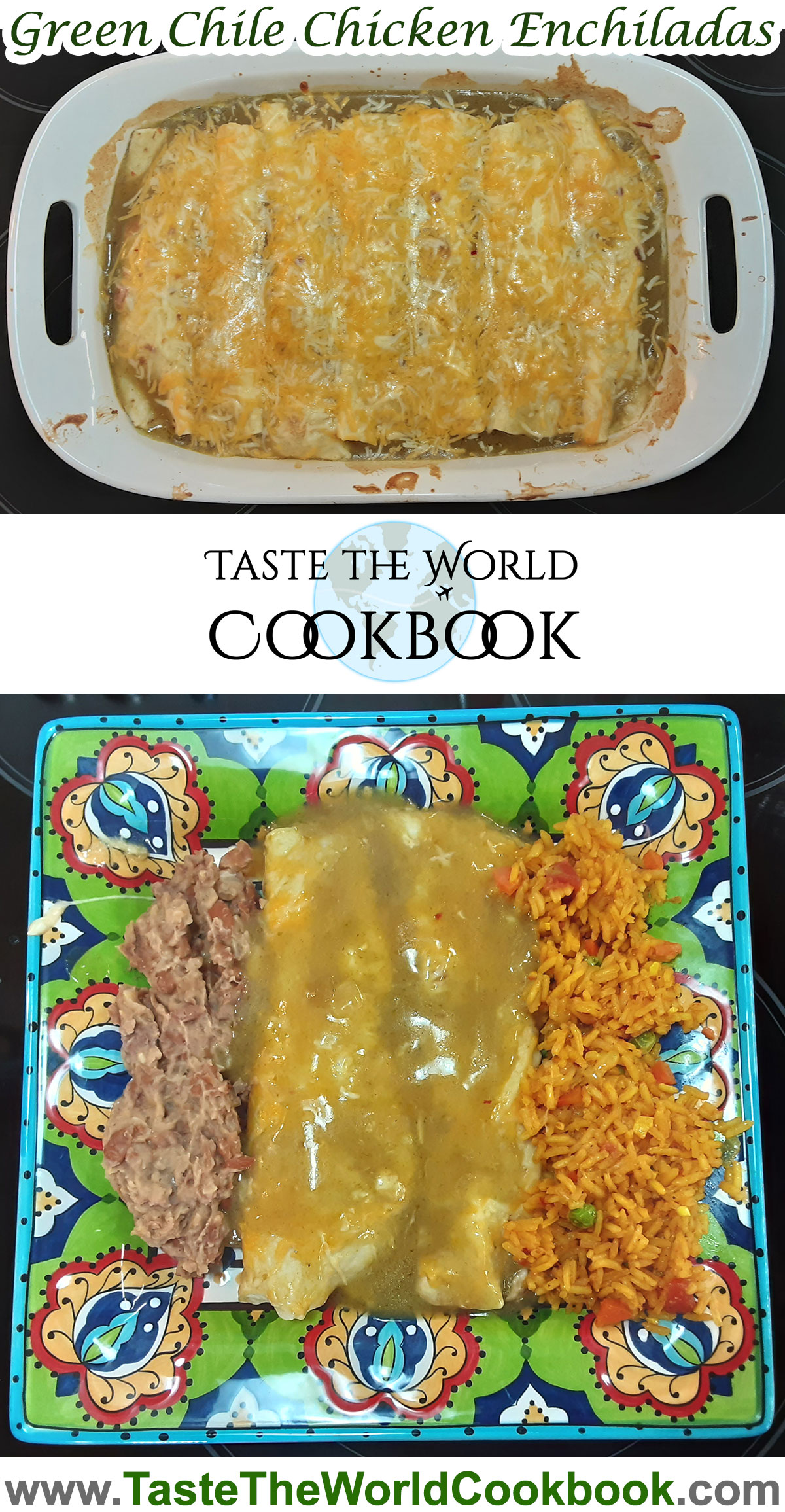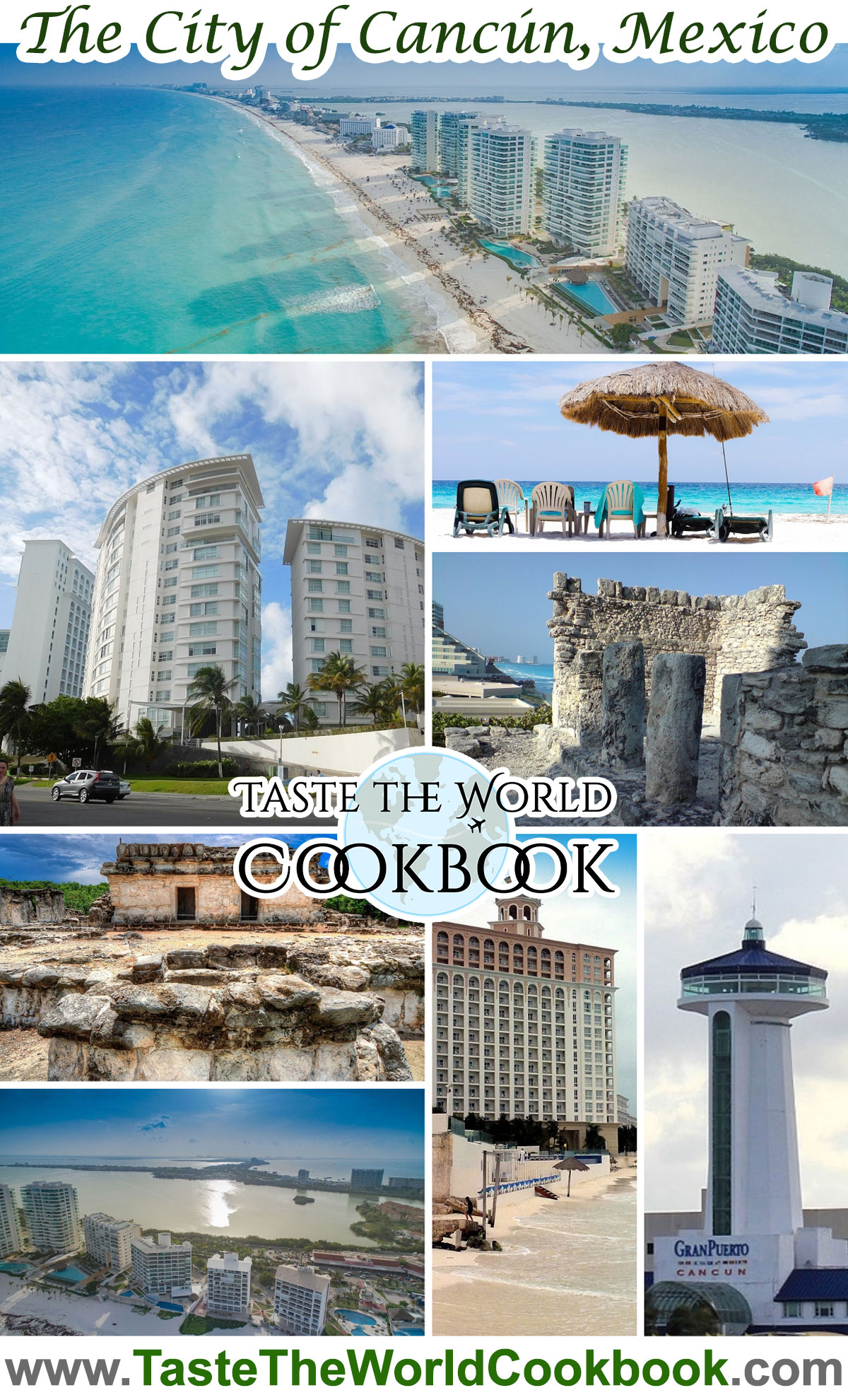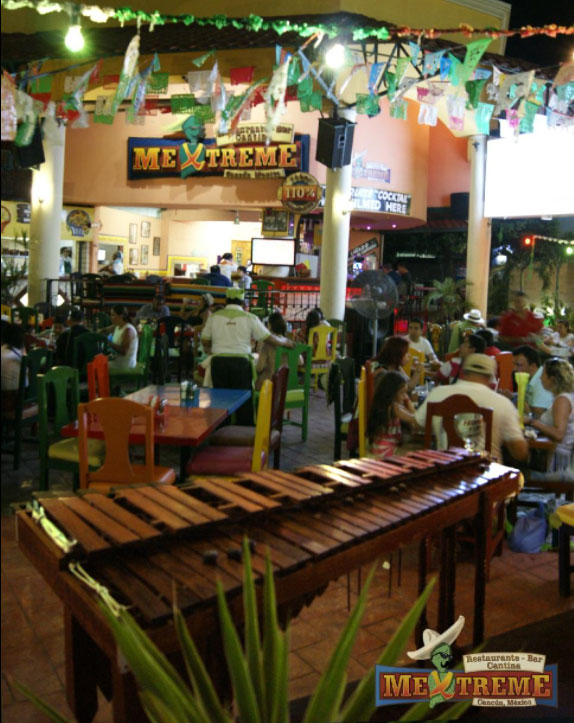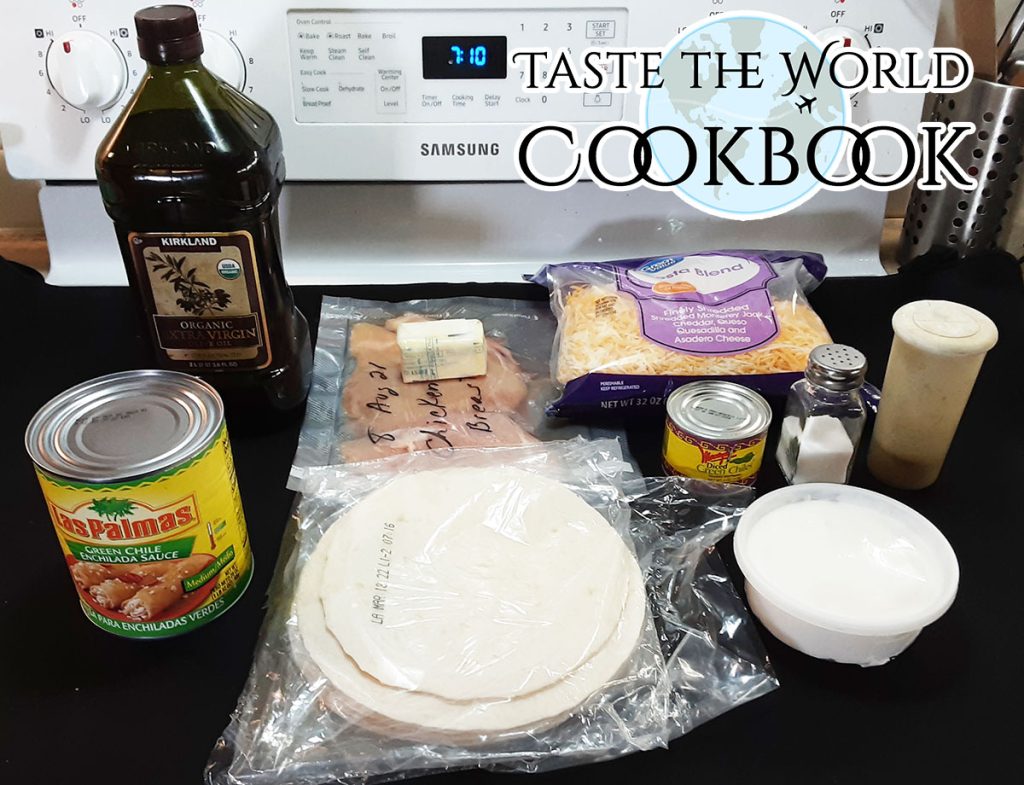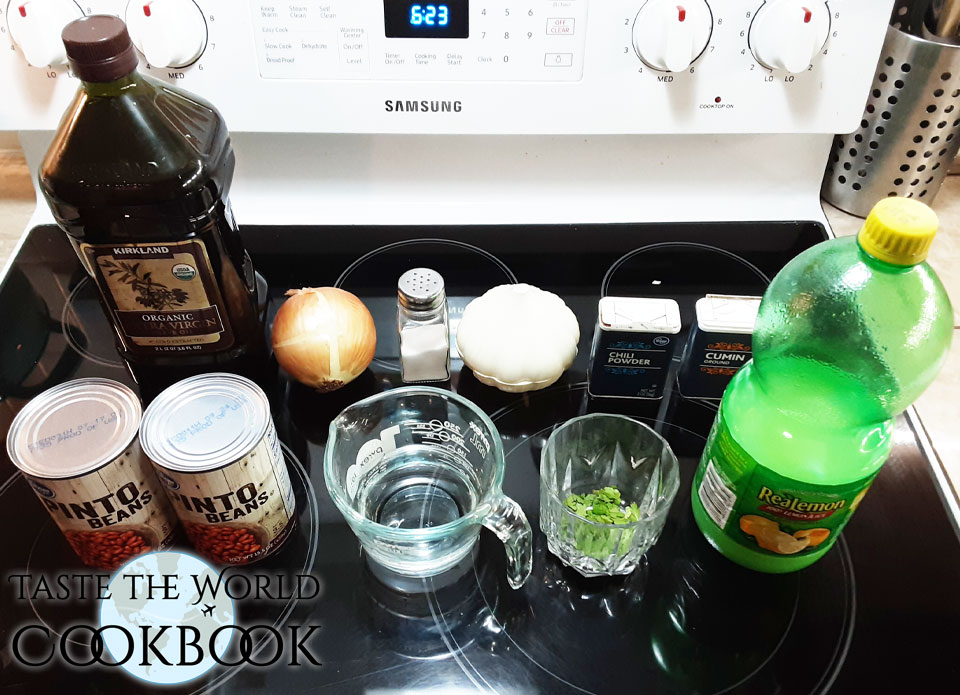Hoenderpastei, or Chicken Pie in English, is a South African dish consisting of a shortcrust pastry shell filled with pieces of chicken, vegetables such as onions, carrots, and celery, hard-boiled eggs, and seasonings such as pepper, lemon juice, salt, and bay leaves.
Table of contents
Ways to Make Hoenderpastei
Hoenderpastei is a South African recipe, but with British and Dutch influences, is also known as Boer chicken pie. It can be made in a full pie dish, individual ramekins, or folded over into half circles as we have done in this recipe. Some recipes only call for a top crust layer and will have more sauce in the pie. However, if you want a top and bottom crust, this recipe is your ticket as it has a moderate amount of sauce and will allow the bottom crust to cook and not turn to mush.
The spices, vegetables, and other fillings in our recipe are typical of this South African dish, but chicken pot pie comes in many variations.

How to Store Leftover Chicken Pie
Freshly baked chicken pie will keep for about 3 to 5 days in the fridge; refrigerate covered with aluminum foil or plastic wrap. Can you freeze chicken pie? Yes, to freeze: wrap chicken pie tightly with aluminum foil or plastic freezer wrap, or place it in a heavy-duty freezer bag.
History of the Hoenderpastei
Simple, yet delicious, Hoenderpastei has been a street food favorite for many years in South Africa. The recipe for chicken pie was brought to South Africa by Dutch Settlers, hence the name Hoenderpastei, in the 1700s when the Dutch was colonizing South Africa.
The Metropolitan City of Pretoria, South Africa
Pretoria is one of South Africa’s three capital cities, serving as the seat of the executive branch of government, and as the host of all foreign embassies to South Africa. Cape Town is the legislative capital whereas Bloemfontein is the judicial capital.



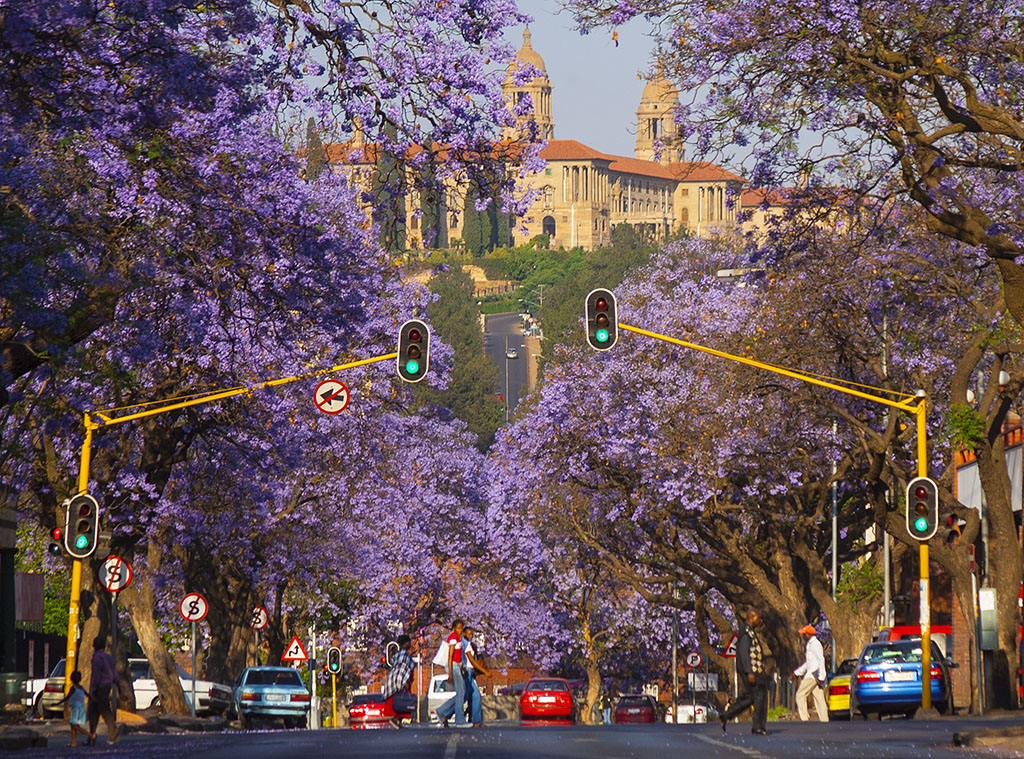

A Brief History of Pretoria, South Africa
The Southern Transvaal Ndebele occupied the river valley, which was to become the location of the city of Pretoria. Pretoria itself was founded in 1855 by Marthinus Pretorius, a leader of the Voortrekkers, who named it after his father Andries Pretorius.
The Boer Republics of the ZAR and the Orange Free State were united with the Cape Colony and Natal Colony in 1910 to become the Union of South Africa.
On 14 October 1931, Pretoria achieved official city status. When South Africa became a republic in 1961, Pretoria remained its administrative capital.
After the creation of new municipal structures across South Africa in 2000, the name Tshwane was adopted for the Metropolitan Municipality that includes Pretoria and surrounding towns.
Tourism in Pretoria, South Africa
Pretoria boasts lush gardens, buzzing nightclubs and eateries, and a whole lot of rich South African history. Alongside its natural wildlife sanctuaries, Pretoria’s urban life is centered around great eats and entertainment, and it comes alive in the evenings, thanks to its large university student population.
Places of Intrest
- Pretoria National Botanical Garden is a botanical garden containing a massive collection of native flora.
- The National Zoological Gardens of South Africa, the premier zoological gardens of South Africa.
- Menlyn Park, shopping area
- Voortrekker Monument, a historical complex dedicated to the Great Trek.
- Freedom Park is a historical complex dedicated to the end of Apartheid and the fallen soldiers of South Africa after 1994.
- Pretoria Forts, historical bastions designed to protect the city against the British, including a museum on the Boer Wars.
- State Theatre, South Africa, is the premier national performing arts complex.
Nature Reserves
- Chamberlain Bird Sanctuary is a 2-hectare park of natural scenic beauty with a large number of birds flitting about in the trees.
- Faerie Glen Nature Reserve is a stunning nature reserve with a broad range of native wildlife, plus hiking trails & scenic views.
- Groenkloof Nature Reserve is the oldest nature reserve in Africa.
- Moreleta Kloof Nature Reserve is home to various small game species including Springbuck, Zebra, Blesbok, Impala, Duiker, Bushbuck, and Ostrich.
- Rietvlei Nature Reserve is a pristine wildlife reserve that is very well managed with good roads.
- Roodeplaat Dam Provincial Nature Reserve is a well-known destination for bird watching, game viewing, and a range of water sports including freshwater angling.
- Wonderboom Nature Reserve is situated in the northern part of Tshwane and straddles the Magaliesberg.
The Cuisine of South Africa
South African cuisine reflects the diverse range of culinary traditions embodied by the various communities that inhabit the country. Among the indigenous peoples of South Africa, the Khoisan foraged over 300 species of edible food plants, such as the rooibos shrub legume, whose culinary value continues to exert a salient influence on South African cuisine.
Subsequent encounters with Bantu pastoralists facilitated the emergence of cultivated crops and domestic cattle, which supplemented traditional Khoisan techniques of meat preservation. In addition, Bantu-speaking communities forged an extensive repertoire of culinary ingredients and dishes, many of which are still consumed today in traditional settlements and urban entrepôts alike.
– Featured Restaraunt –
Pedros Flame Grilled Chicken
218 Bloed St, Pretoria Central, Pretoria, 0001, South Africa
Telephone: +27 12 321 1098

Bringing a unique flavor to the market, we’re here to combine the art of food and retail into a culturally diversified brand of flamed grilled masters. We know we’re going to disrupt the QSR market by combining our strong, consistent product with the coolest clucking chicken brand on the market.
How to Make This Chicken Pie Recipe
This recipe is not that hard to make but it does take a little bit of time. In our first batch, we used the pre-made puff pastry sheets but they did not hold their shape very well and had a tendency to tare open when wrapping them around the filling. So we added the directions for homemade pie dough which were just as tasty and flaked apart as well as the store-bought dough but held its shape and did not tare when wrapping the filling.
What You Need to Make Hoenderpastei

Equipment
- 2 Mixing Bowl
- 1 Sauce Pan
- 1 Pie Pan
For the Filling
- 1 chicken breast, cubed
- ½ tsp black pepper
- ½ tsp dried oregano
- ½ tsp dried basil
- ½ tbsp garlic powder
- ½ tsp ground ginger
- 1 cup yellow onion, chopped
- 1 cup carrots, chopped
- 1 cup peas
- 1 cup white mushrooms, chopped
- 2 eggs, hard-boiled and sliced
- 2 tbsp vegetable oil
For the Sauce
- 2 tbsp unsalted butter
- 2 tbsp all-purpose flour
- 1 cup milk
- ½ tsp ground nutmeg
- 1 tbsp parmesan cheese
For the Pie Crust
- 3 ¾ cup all-purpose flour
- ½ tsp salt
- 3 sticks of unsalted butter, cubed
- ½ cup cold ice water, as needed
- 1 egg, beaten with 1 tbsp water (Egg Wash)
- sesame seeds, for topping
- poppy seeds, for topping
How to Cook Chicken Pie
Hoenderpastei Cooking Directions
- Cut the Chicken
Wash and dry the chicken. Cut the chicken into small cubes and place them in a mixing bowl.
- Season the Chicken
Season the chicken with salt, pepper, oregano, basil, garlic powder, ginger powder, and nutmeg. Mix well and set aside for later use.
- Cook the Chicken
Over medium-high, heat the oil. Add the seasoned chicken, onions, and carrots to the pan. Stir the chicken until all sides are browned. Cover the pan and allow the chicken to cook for an additional 10 minutes.
- Add the Peas and Mushrooms
Remove the lid and add the peas and sliced mushrooms, stir the mix. Cover the pan and cook for another 10 minutes.
- Remove from the Heat
Remove from heat, stir in sliced hard-boiled eggs, and set aside for later use.
- In a Stockpot
On medium heat melt the butter in a stockpot.
- Stir in the Flour
Stir in the flour to the melted butter. Stir continuously to prevent burning.
- Add the Milk
Add the milk slowly stirring continuously until it thickens.
- Add the Nutmeg and Parmesan
Add the nutmeg and parmesan cheese and mix well.
- Add to the Chicken Mix
Pour the sauce into the chicken mix. Stir until thoroughly mixed. Let this mixture cool to room temperature, then chill completely in the fridge, for at least 3 hours.
- For the Pie Crust
Pulse the flour and salt together in a food processor 10 times, to combine. Add the cubed butter and pulse about 20 times until the butter is chopped up into pea-sized pieces.
- Add the Water
Drizzle in the ice water and pulse until the dough comes together. You want to stop adding water when it looks crumbly, but if you pinch a bit of the dough, it holds together.
- Refridgerate the Dough
Dump the dough out onto the counter, bring it together into a flat disk with your fingers, then wrap it in plastic. Chill in the fridge for 2 hours.
- Preheat the Oven
Preheat the oven to 400ºF.
- Roll the Dough
Cut the pie crust into 8 even peaces. Roll each peice out to about 1/8 inch thick, and 6-inch round circles. Repeate this process untill you have 8 circles.
- Fill the Pie
Place a few spoonfuls of filling into each circle, then enclose by crimping with your fingers. Repeat with the remaining ingredients, then place four pies each on two sheet pans.
- Brush with Egg Wash
Cut vent slits into each pie, then brush with egg wash. Sprinkle on sesame and poppy seeds.
- Bake the Pies
Bake for 25–30 minutes until golden brown and crusty.
- Cool and Serve
Let the pies cool for at least 5 minutes, then enjoy!
This Chicken Pie has a flaky, buttery crust, a creamy sauce, and a hearty mix of chicken and vegetables your family will love.
If you liked this dish please Rate This Recipe and leave a comment.
Hoenderpastei ~ Chicken Pie
Equipment
Ingredients
For the Filling
- 1 chicken breast cubed
- ½ tsp black pepper
- ½ tsp dried oregano
- ½ tsp dried basil
- ½ tbsp garlic powder
- ½ tsp ground ginger
- 1 cup yellow onion chopped
- 1 cup carrot chopped
- 1 cup peas
- 1 cup white mushrooms chopped
- 2 egg hard-boiled and sliced
- 2 tbsp vegetable oil
For the Sauce
- 2 tbsp unsalted butter
- 2 tbsp all-purpose flour
- 1 cup milk
- ½ tsp ground nutmeg
- 1 tbsp parmesan cheese
For the Pie Crust
- 3 ¾ cup all-purpose flour
- ½ tsp salt
- 3 sticks unsalted butter cubed
- ½ cup cold ice water as needed
- 1 egg beaten with 1 tbsp water (Egg Wash)
- sesame seeds for topping
- poppy seeds for topping
Instructions
For the Filling
- Wash and dry the chicken. Cut the chicken into small cubes and place them in a mixing bowl.1 chicken breast
- Season the chicken with salt, pepper, oregano, basil, garlic powder, ginger powder, and nutmeg. Mix well and set aside for later use.½ tsp black pepper, ½ tsp dried oregano, ½ tsp dried basil, ½ tbsp garlic powder, ½ tsp ground ginger
- Over medium-high, heat the oil. Add the seasoned chicken, onions, and carrots to the pan. Stir the chicken until all sides are browned.1 cup yellow onion, 2 tbsp vegetable oil, 1 cup carrot
- Cover the pan and allow the chicken to cook for an additional 10 minutes.
- Remove the lid and add the peas and sliced mushrooms, stir the mix. Cover the pan and cook for another 10 minutes.1 cup peas, 1 cup white mushrooms
- Remove from heat, stir in sliced hard-boiled eggs, and set aside for later use.2 egg
For the Sauce
- On medium heat melt the butter in a stockpot.2 tbsp unsalted butter
- Stir in the flour to the melted butter. Stir continuously to prevent burning.2 tbsp all-purpose flour
- Add the milk slowly stiring continuously until it thickens.1 cup milk
- Add the nutmeg and parmesan cheese and mix well.½ tsp ground nutmeg, 1 tbsp parmesan cheese
- Pour the sauce into the chicken mix. Stir until thoroughly mixed. Let this mixture cool to room temperature, then chill completely in the fridge, for at least 3 hours.
For the Pie Crust
- Pulse the flour and salt together in a food processor 10 times, to combine.3 ¾ cup all-purpose flour, ½ tsp salt
- Add the cubed butter and pulse about 20 times until the butter is chopped up into pea-sized pieces.3 sticks unsalted butter
- Drizzle in the ice water and pulse until the dough comes together. You want to stop adding water when it looks crumbly, but if you pinch a bit of the dough, it holds together.½ cup cold ice water
- Dump the dough out onto the counter, bring it together into a flat disk with your fingers, then wrap it in plastic. Chill in the fridge for 2 hours.
Assemble the Pie
- Preheat the oven to 400ºF.
- Roll the pie crust out to about 1/8 inch thick, and cut 6-inch wide circles. If you re-roll the scraps, you should be able to get 8 circles total.
- Place a few spoonfuls of filling into each circle, then enclose by crimping with your fingers. Repeat with the remaining ingredients, then place four pies each on two sheet pans.
- Cut vent slits into each pie, then brush with egg wash. Sprinkle on sesame and poppy seeds.1 egg, sesame seeds, poppy seeds
- Bake for 25–30 minutes until golden brown and crusty.
- Let the pies cool for at least 5 minutes, then enjoy!
Nutrition
Other Recipes That Go Well With Hoenderpastei ~ Chicken Pie
Photo Credits:
- By Taste The World Cookbook – Copyright 2022 All rights reserved.
- By Pedros Flame Grilled Chicken – By https://www.facebook.com/pedros.flamegrilled
- By Jérôme Bon from Paris, France – Prétoria, CC BY 2.0, https://commons.wikimedia.org/w/index.php?curid=17776481
- By Țetcu Mircea Rareș, CC BY-SA 2.5, https://commons.wikimedia.org/w/index.php?curid=9659490
- By Theobresler at English Wikipedia, CC BY-SA 3.0, https://commons.wikimedia.org/w/index.php?curid=8575390
- By Original photo by Leo za1, perpective corrected, highlights and contrast modified by Slaunger. – Own work, CC BY-SA 3.0, https://commons.wikimedia.org/w/index.php?curid=47959933
- By Hein waschefort – Own work, CC BY-SA 3.0, https://commons.wikimedia.org/w/index.php?curid=22304704


